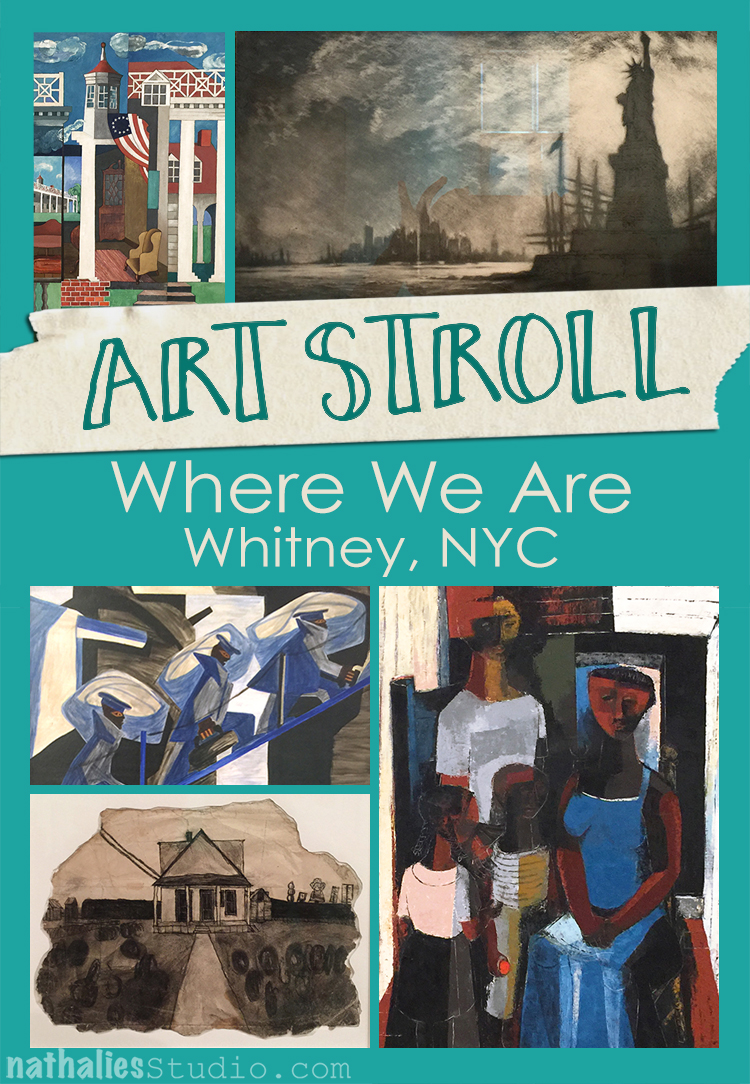
A couple of weeks ago I went to the Whitney to see the Calder exhibition – which was fantastic- but I also took some time for the Where We Are exhibition with selections from the Whitney’s collection 1900-1960.
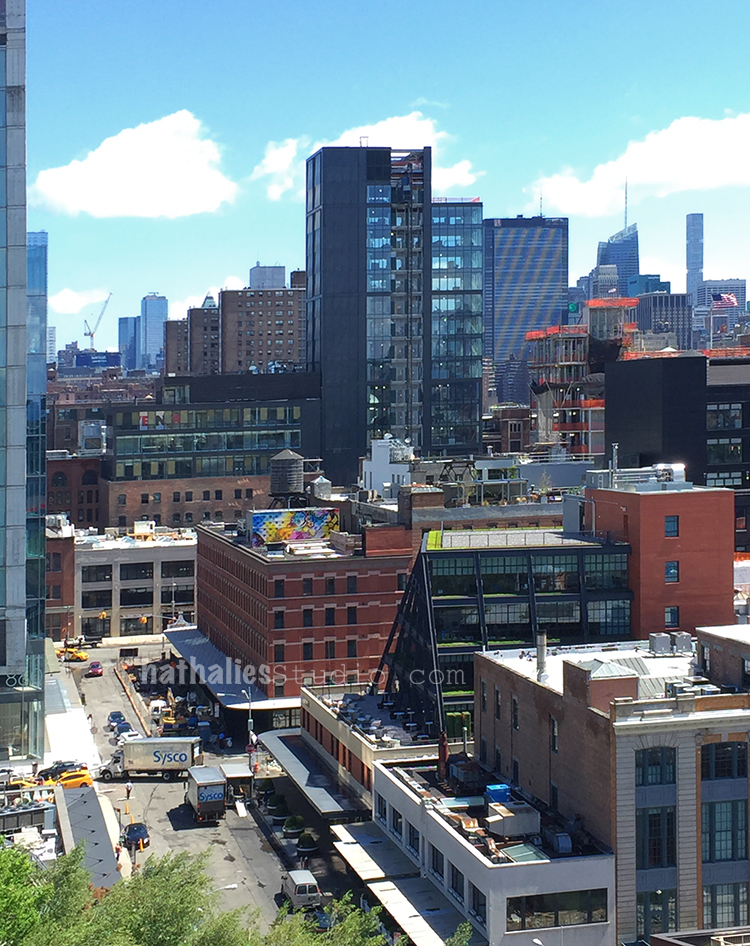
“Where We Are traces how artists have approached the relationships, institutions and activities that shape our lives. The Exhibition is organized in five themes: family and community, work, home, the spiritual and the nation. During the six decades covered in the exhibition, the U.S. experiences war and peace, collapse and recovery, and social discord and progress. The artists and their works suggest that our sense of self is composed of our responsibilities, places and beliefs. Where We Are is titled after a phrase in W.H. Auden’s poem “September 1, 1939”. The title of the poem marks the date Germany invaded Poland. While it’s subject is the beginning of the war, Auden’s true theme is how the shadow of a global emergency reaches into the far corners of everyday life. Where we Are shares Auden’s guarded optimism, gathering a constellation of artists, whose light might lead us forward.”
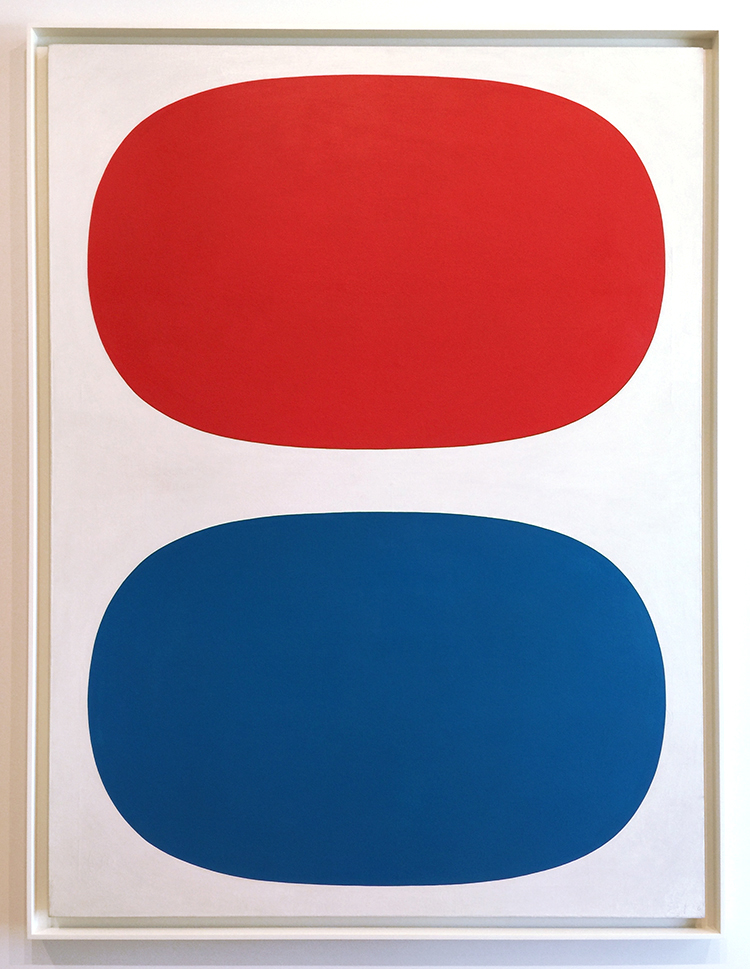
Ellsworth Kelly, 1961 – Red, White and blue – Oil on linen
Ellsworth Kelly’s earliest works of art were created in service to the United States, as part of a special camouflage unit in France during World War II. Kelly and his fellow artist-soldiers were tasked with fooling the Germans—using rubber and wood to construct fake tanks and trucks—into thinking the multitudes of Allied troops on the battlefield were much larger than reality. While this seems an unconventional early training for an artist, it proved a fitting one for Kelly. After his service, Kelly enrolled in the School of the Museum of Fine Arts in Boston. After knowing this – doesn’t the painting now feel like a camouflage flag? ;)
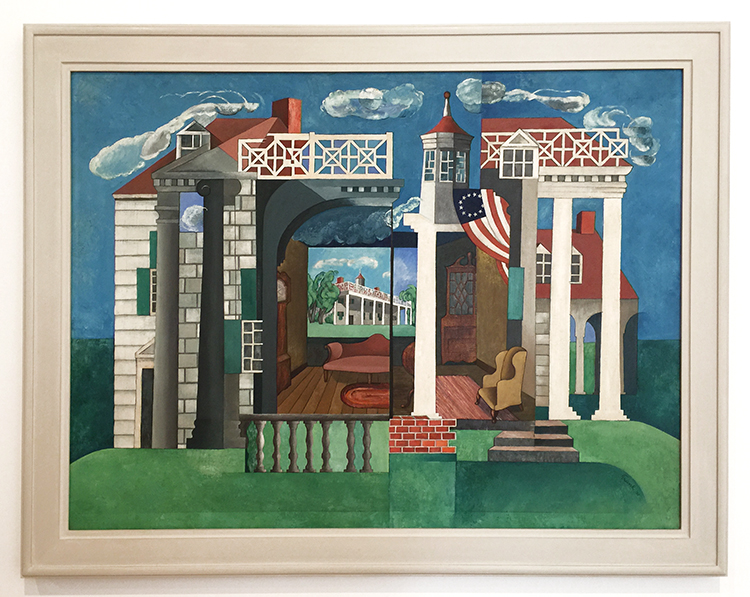
Herman Trunk, Jr., Mount Vernon, 1932. Oil on canvas
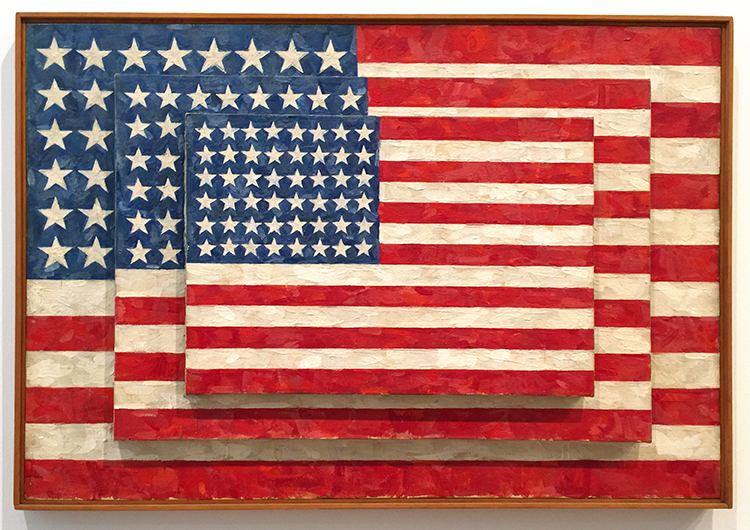
Jasper Johns, 1958 – three Flags, Encaustic on canvas
Johns saw the American flag as a symbol that is usually “seen and not looked at, not examined”. The execution and composition of Three Flags encourages close inspection. What do you think, is the middle panel actually fully painted with the flag or not? Apparently it is still a bit of a mystery although infrared hints it is incomplete.
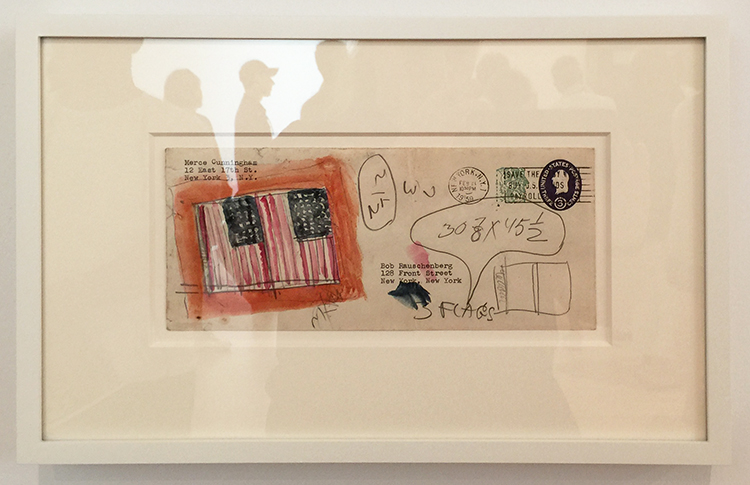
Jasper Johns, 1959, watercolor and graphite on fond paper
Having just seen the Rauschenberg exhibition at MoMA this made me excited – and I love the mail-art.
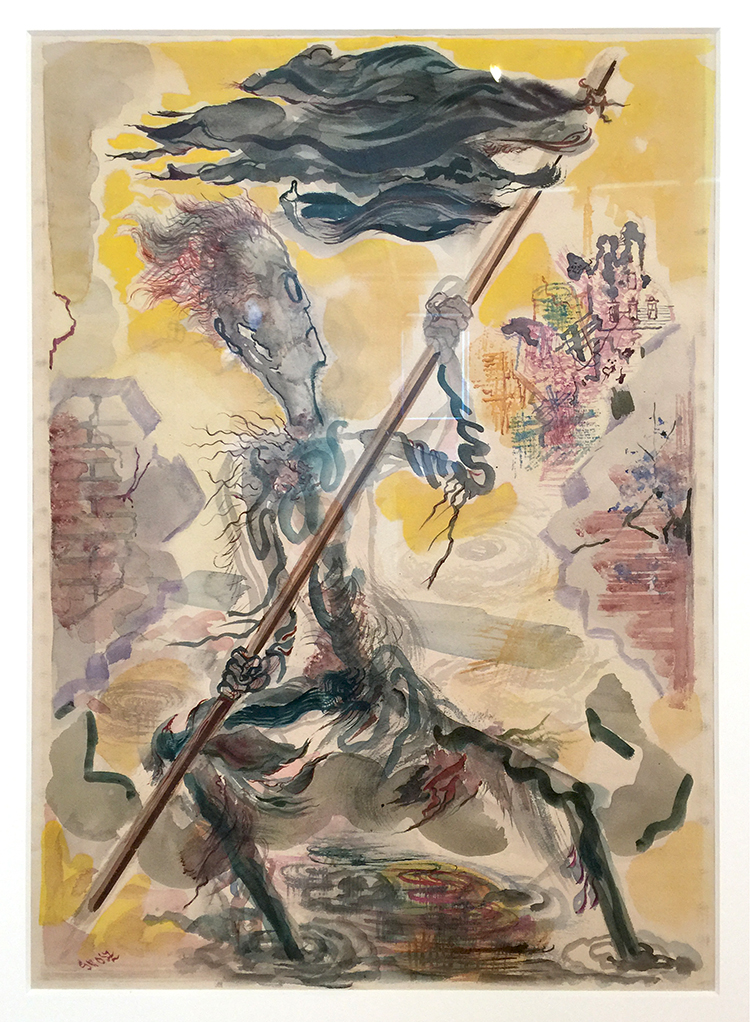
George Grosz, 1947-48, Waving the Flag, Watercolor on paper
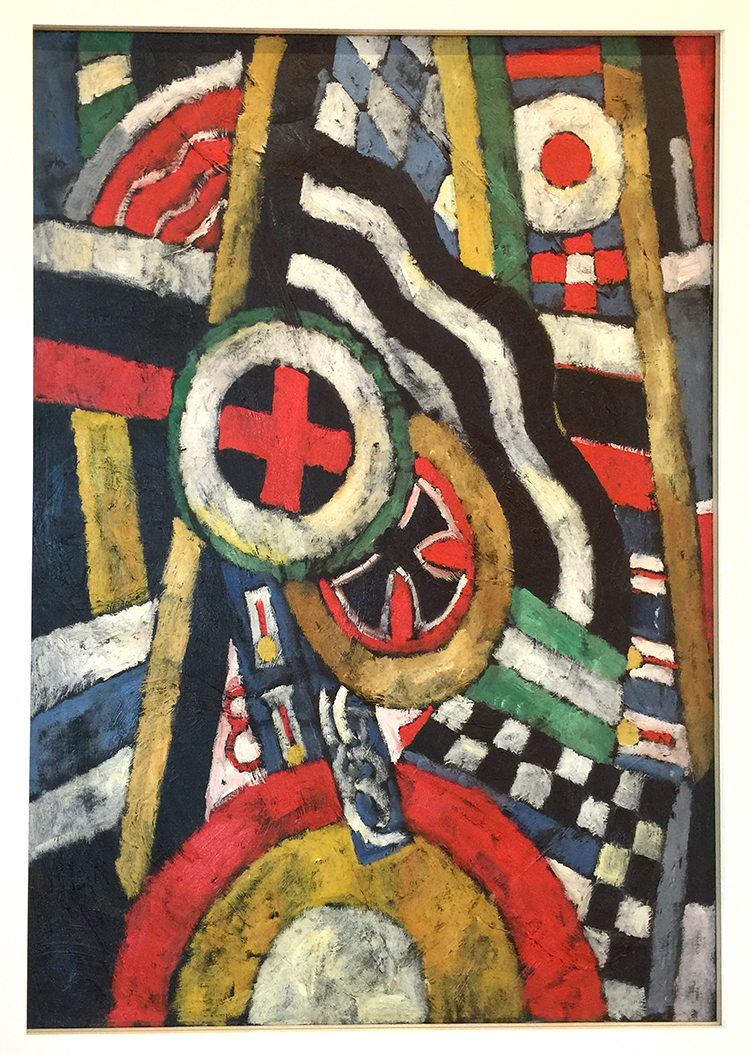
Marsden Hartley, 1914-15, Painting, Number 5, Oil on linen
Marsden Hartley began this work before the First World War, during an extended stay in Berlin. The painting is a memorial to Karl von Freyburg, a young German officer whom Hartley loved and who was killed in battle soon after the war began. The way he painted has the effect of a collage.
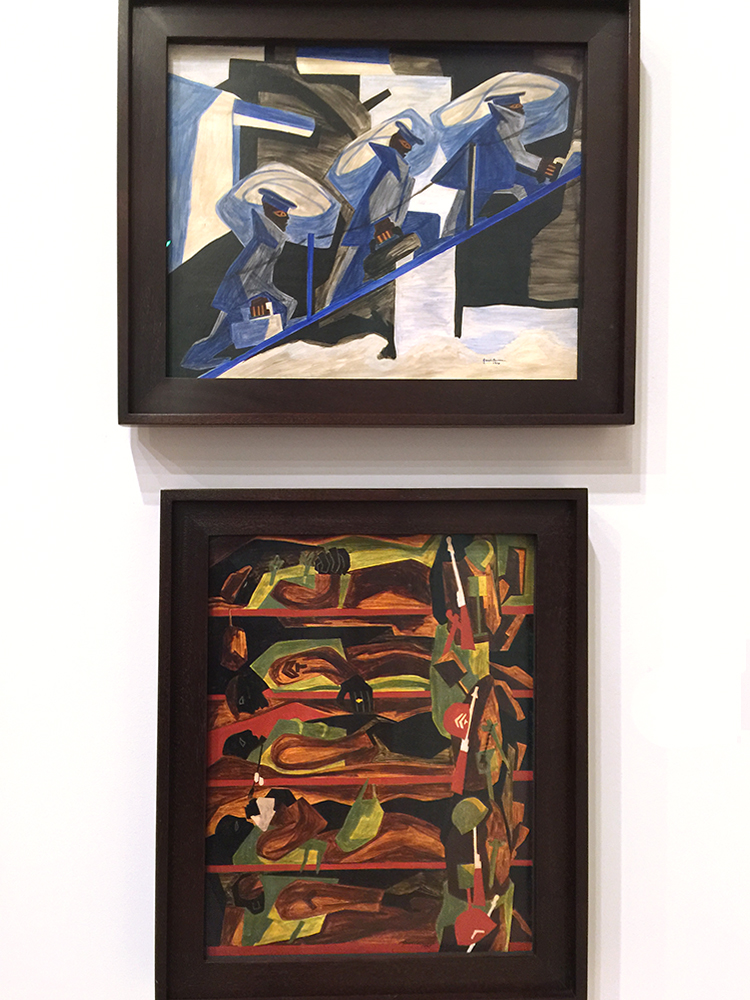
Jacob Lawrence, 1946 and 1947- War series – Tempura on composition board
I had never seen the war series by Lawrence before and it really grabbed me. He painted the series while serving during WWII. These paintings are timeless and the narrative is ingrained in our heads with wars we have experienced or know about.

I would like to go back and see the other paintings in the gallery in this series with more time- but it was quite full that day.
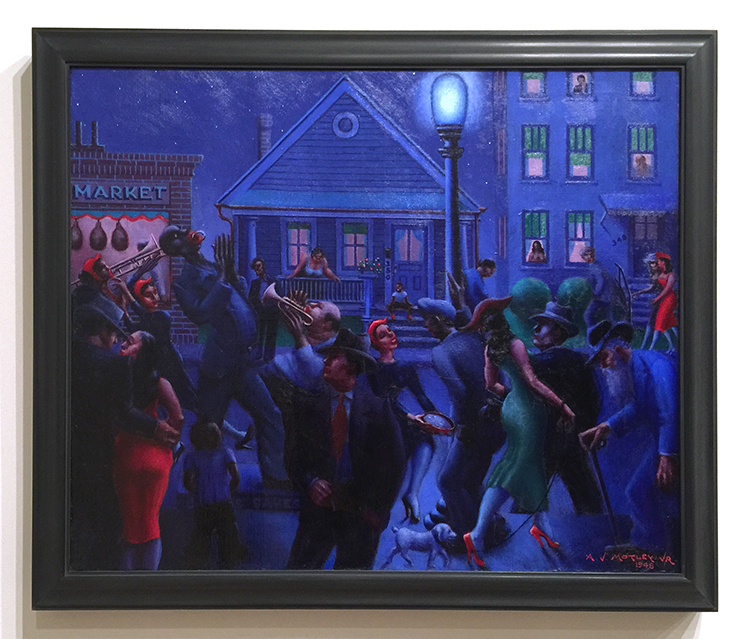
Archibald Motley Jr., 1948 – Gettin’ Religion, Oil on linen
Archibald Motley’s primary artistic inspiration were the inhabitants of Chicago’s South Side, a culturally thriving neighborhood at the time. In this night scene he captured the full spectrum of urban experiences.
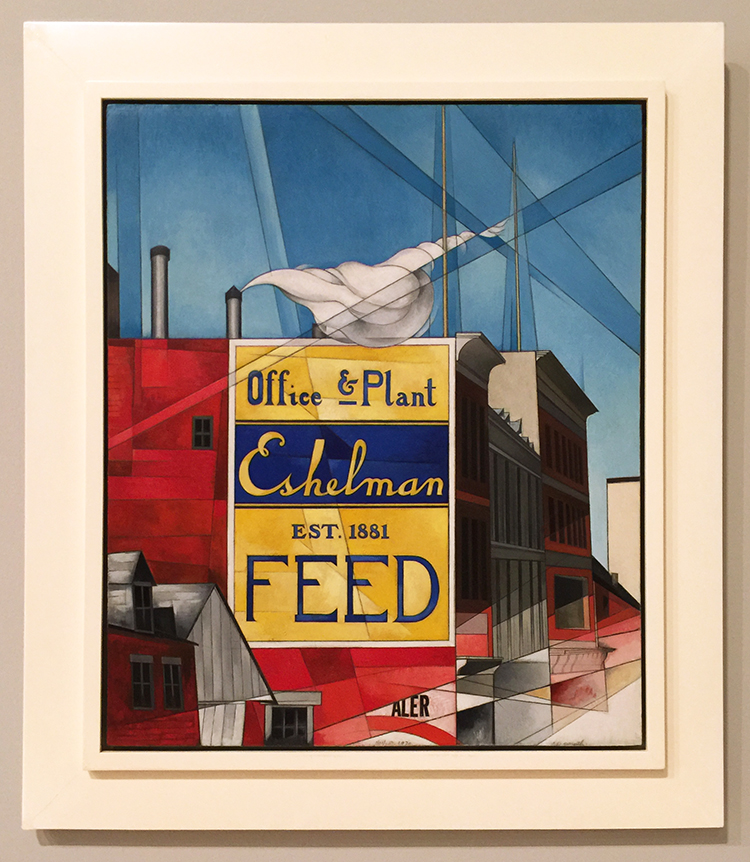
Charles Demuth, 1930- Buildings, Lancaster – Oil and graphite pencil on composition board
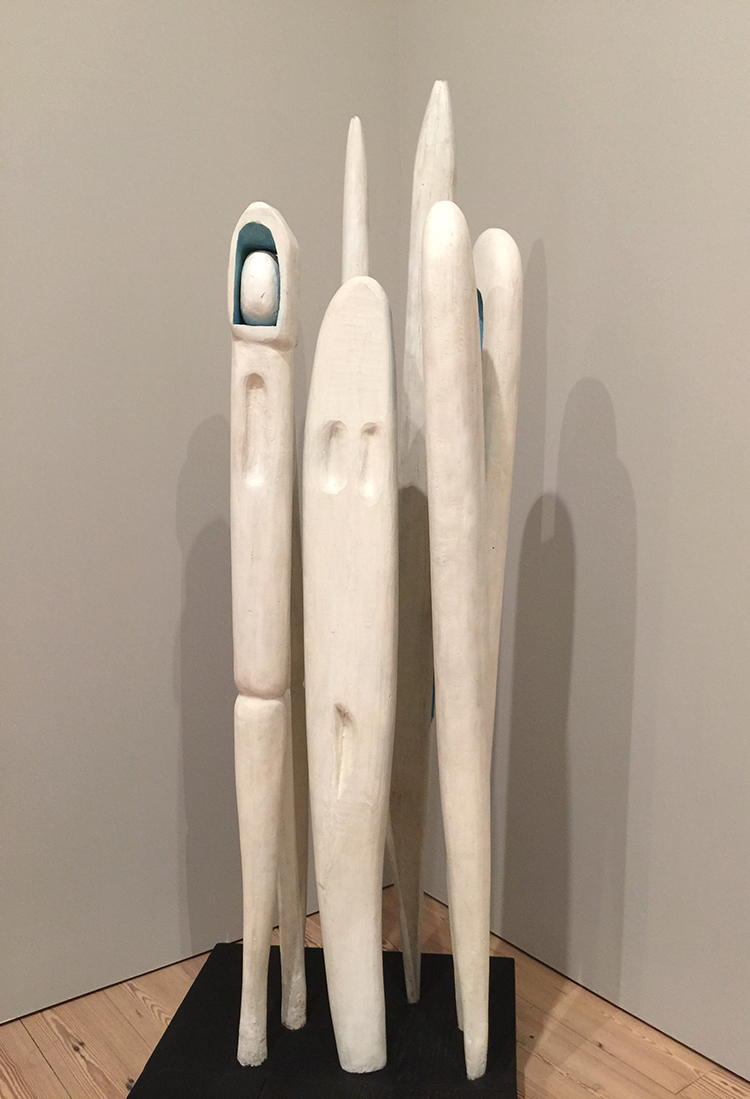
Louise Bourgeois, 1941 – Quarantania 1941 – painted wood
Soon after emigration from Paris to New York 1938 Louise Bourgeois made this sculpture. Quarantania resembles a group of standing figures huddled together and reimagines people she has left behind in her native France. Additionally the five elements might also evoke sewing needles or weaving shuttles, tools used in her family’s tapestry restoration trade.
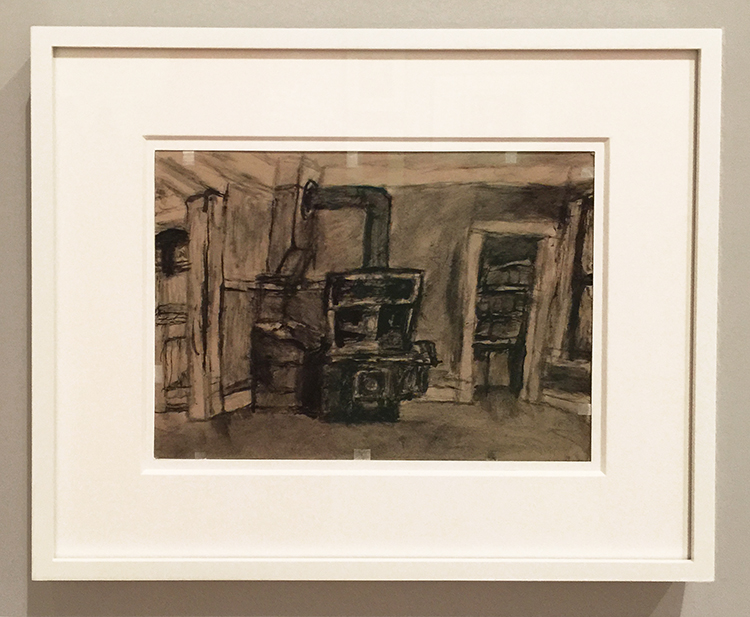
James Castle, Interior with Stove and below Shed, Soot and spit on found paper.
I had never heard before of James Castle who lived from 1899-1977, but boy did his story and his paintings touch me. Castle was profoundly deaf from birth.
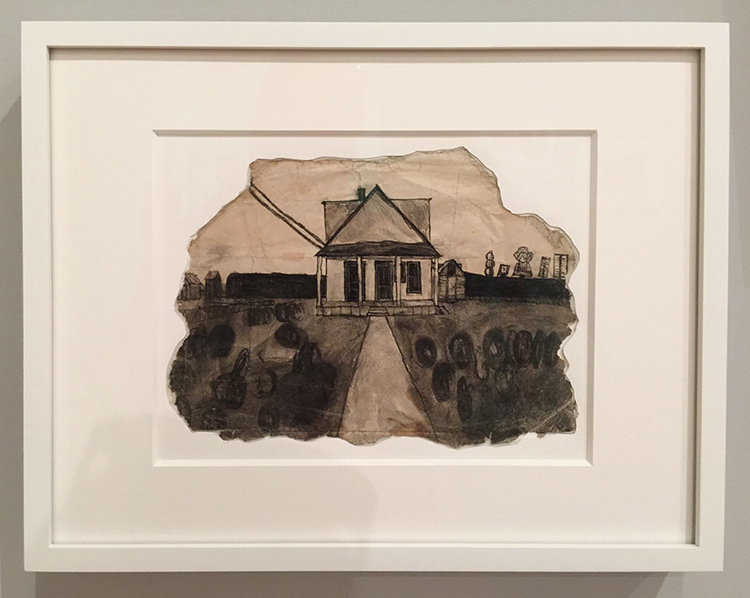
He never learned to speak, sing, read or write; largely unschooled and self-taught he developed his own techniques for creating works of art and used his art as a tool for communcation. To make his black-and-white-drawings, he combined salvia with soot from a wood-burning stove and used sharpened sticks, sometimes fruit pits, to apply the mixture to his paper.
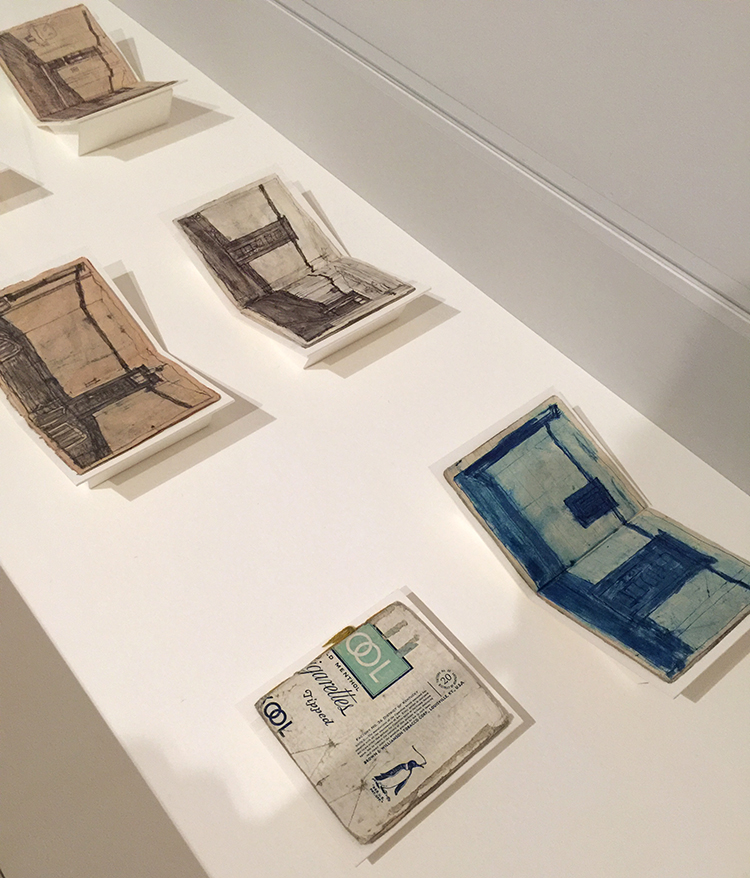
James Castle, 1910- 77 , artist’s books with sooth and spit on found paper
In addition to the numerous works on paper, James Castle produced hundreds if not thousands of handmade books. Using commercial food packaging or heavy paper as covers, he stitched together blank pages and filled them with drawings of letters, pictographic symbols, collections of mock photos and sketches based on advertisements.
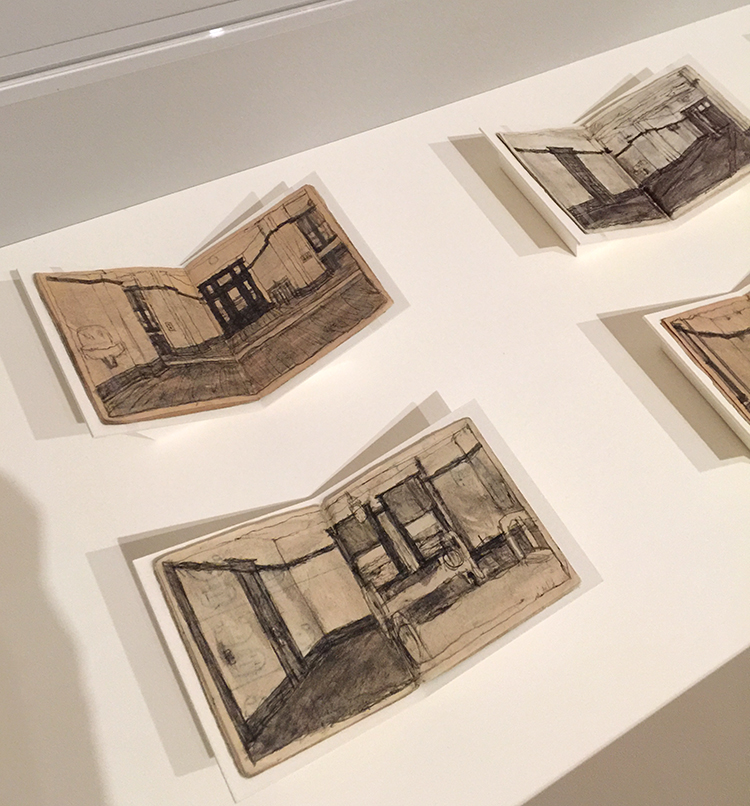
He frequently made use of both sides of papers he found around the house- flattened matchstick boxes, ice-cream carton lids, envelopes and even his niece’s old homework assignment. Amazing!
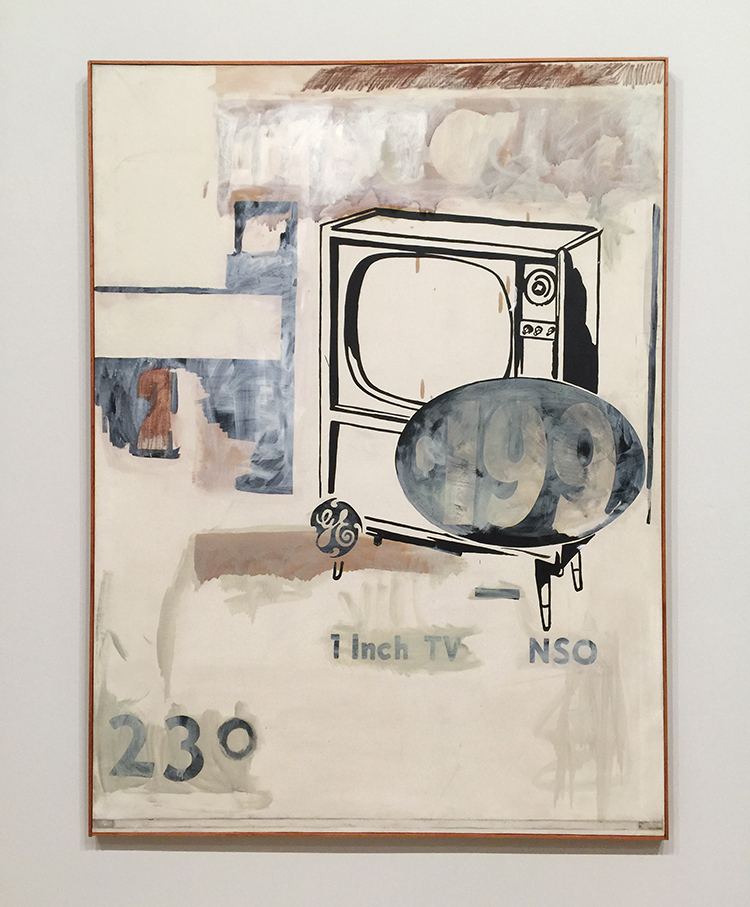
Andy Warhol, 1961 -$199 Television – acrylic and oil stick on canvas
I love this – it hints of things to come but still shows an artist hand – Warhol’s.
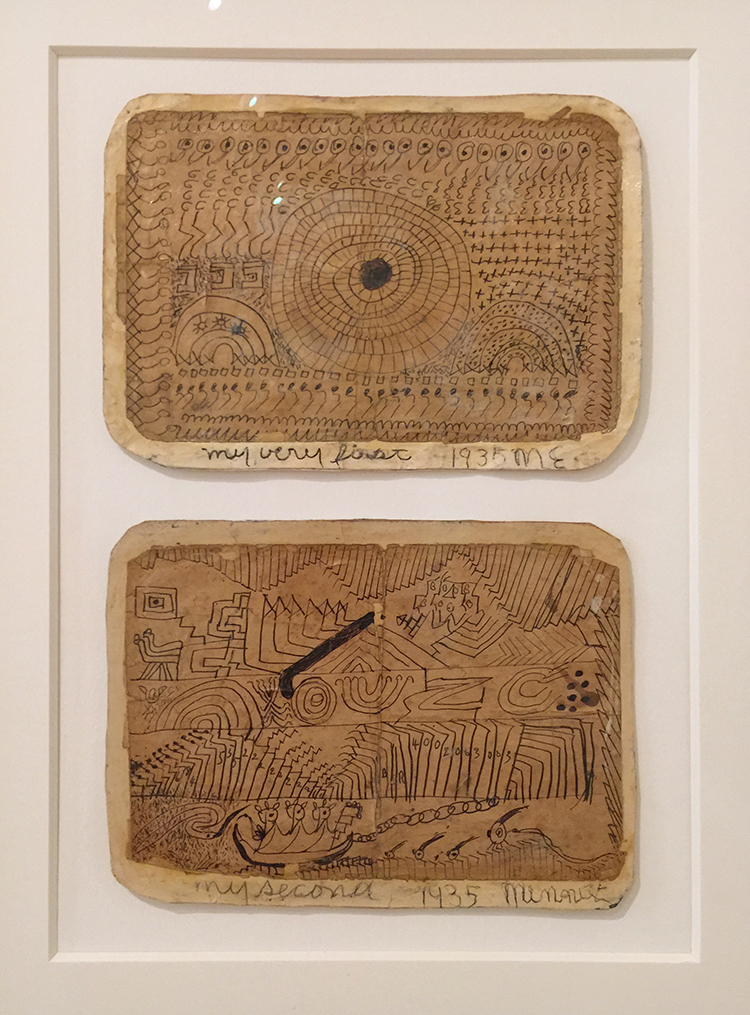
Minnie Evans, 1935 – My Very First and My Second
Minnie Evans crated both drawings on Good Friday when she was 43 years old. She said a spiritual force compelled her to begin drawing – these are her very first drawings hinting at the subjects of her later work – biblical imagery, plants and fantastical bests.
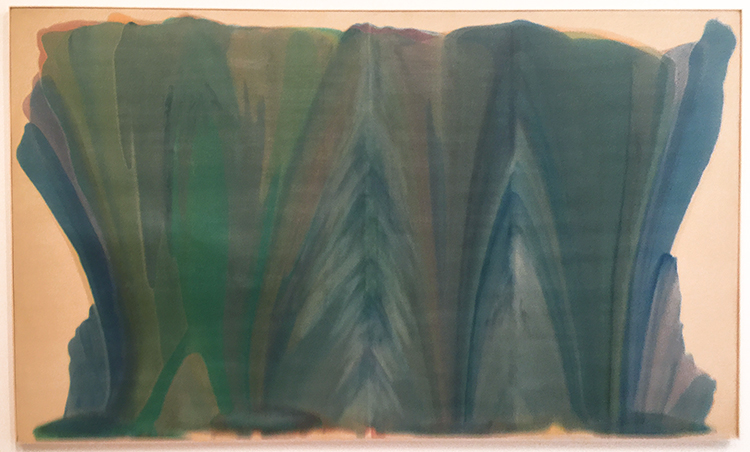
Morris Louis, 1958 -Tet – Acrylic on canvas
Morris Louis learned the method of staining unprimed canvas from fellow artist Helen Frankenthaler. He had a really small studio and this canvas is massive. For a long time no-one really could figure out how he made these big paintings. Conservators found out that he would roll the canvas in portions and pour, and then re-roll the canvas and dry and then continue. So he never saw the entirety of the painting while working on it.
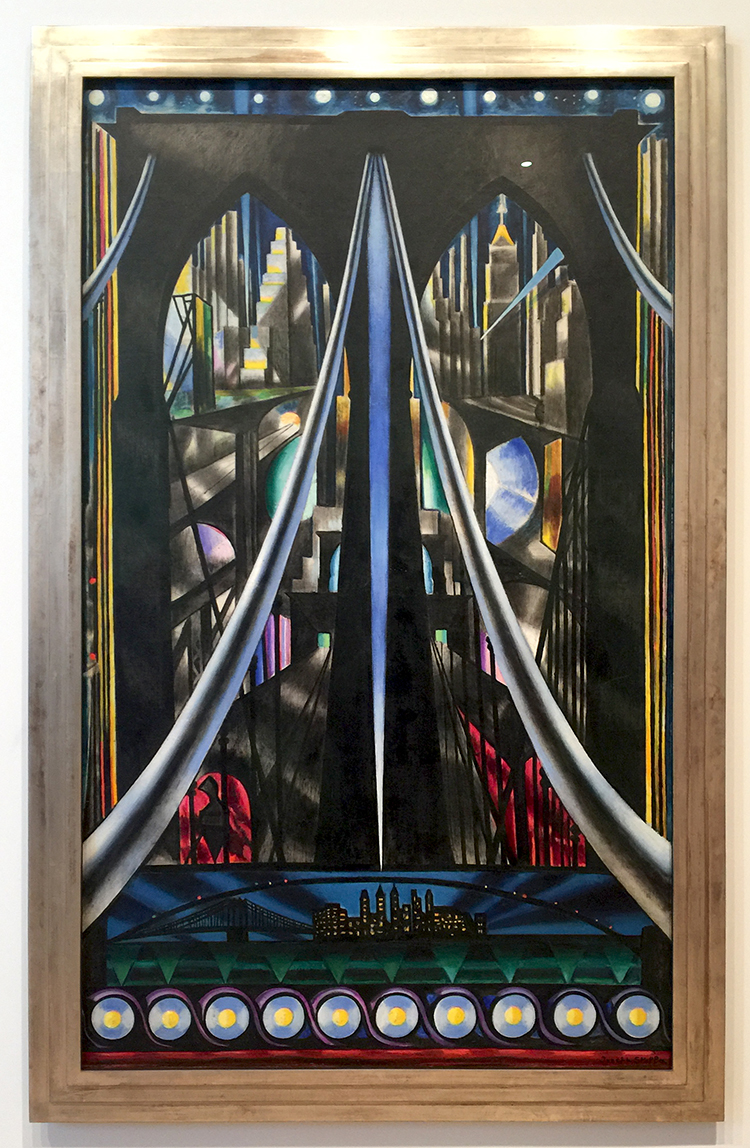
Joseph Stella, 1939, The Brooklyn Bridge
This looks so timeless again – I love this painting of the Brooklyn Bride.
It was a great exhibition, thought provoking and interesting. It is open now and does not have an end date yet. Check it out when you are at The Whitney!
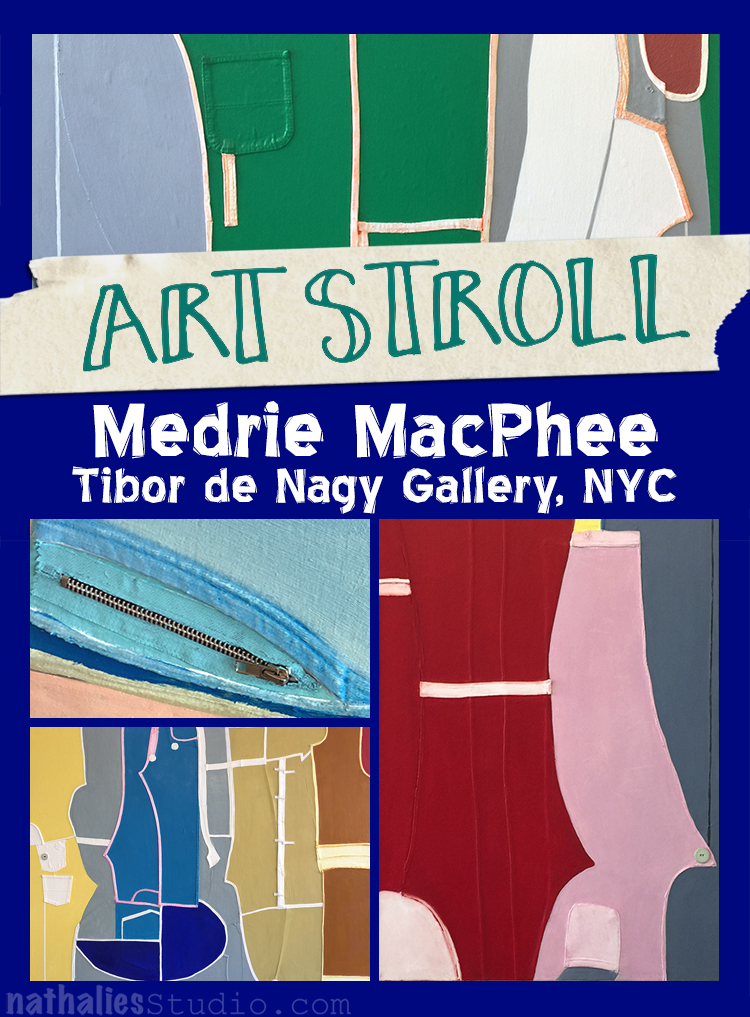
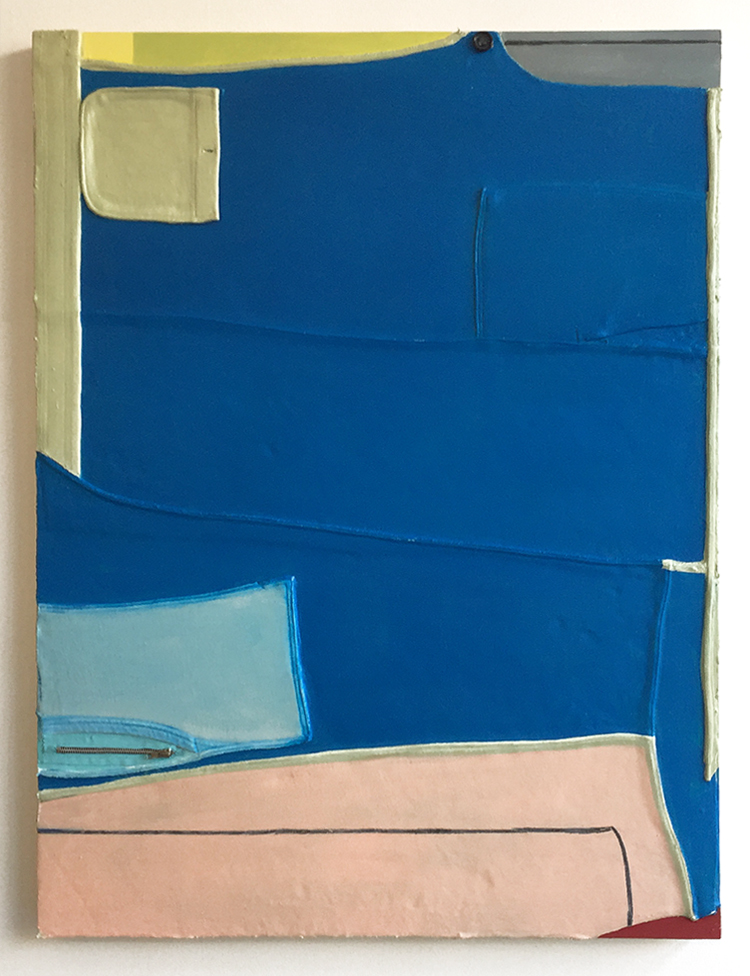
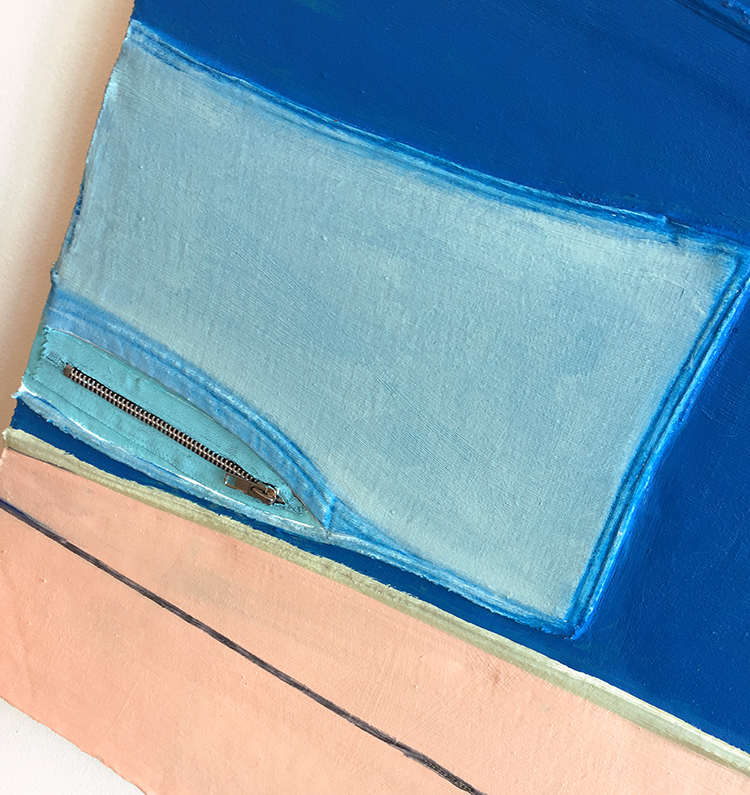
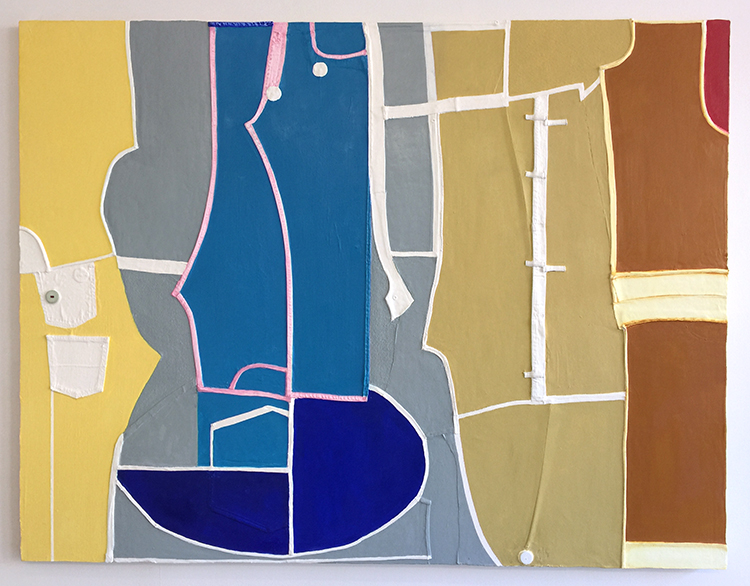
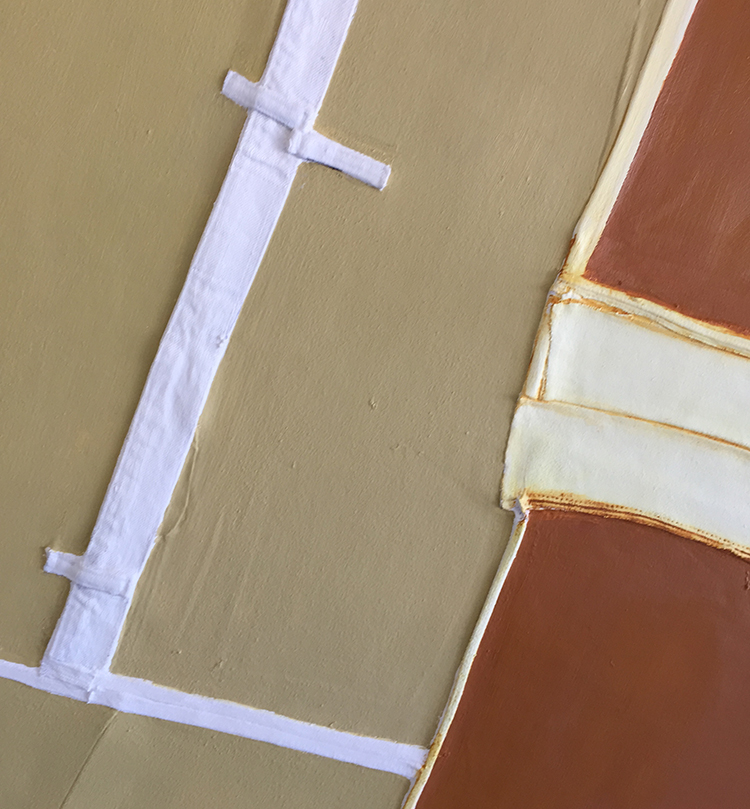
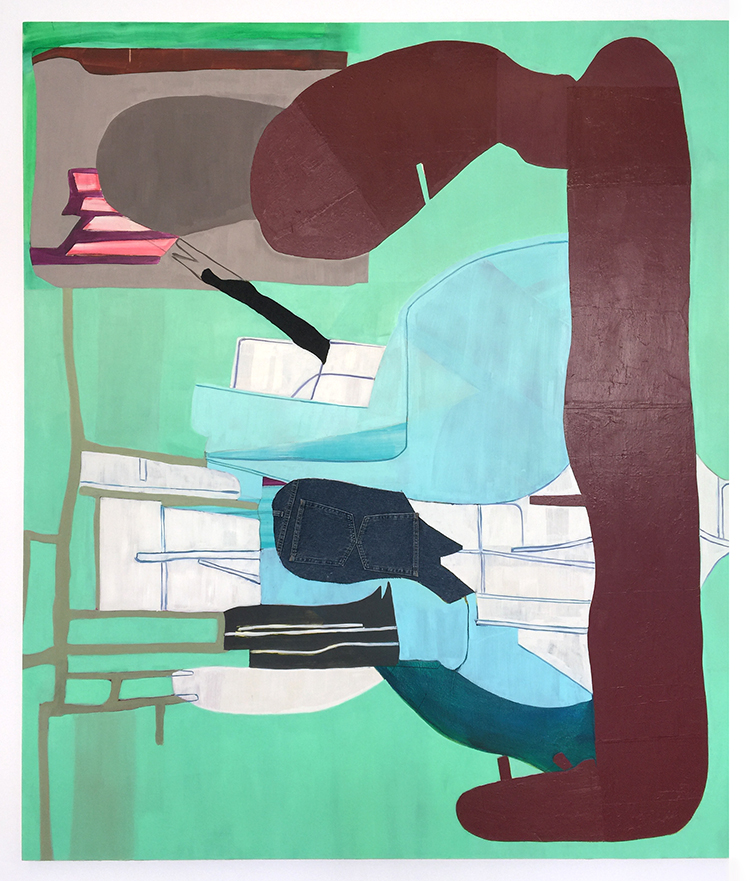
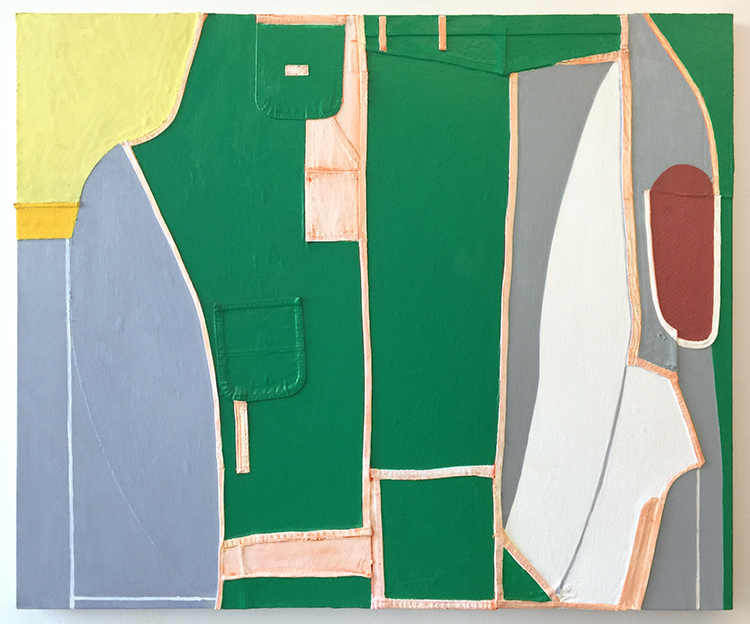
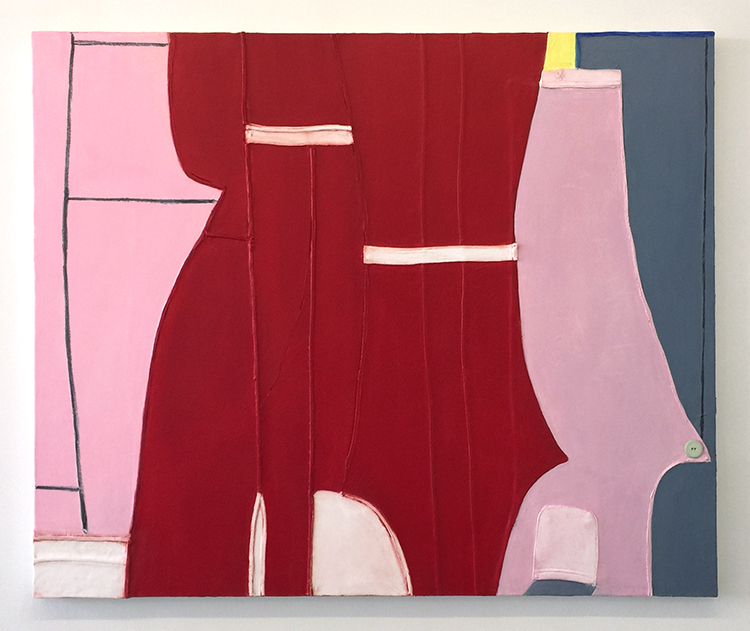
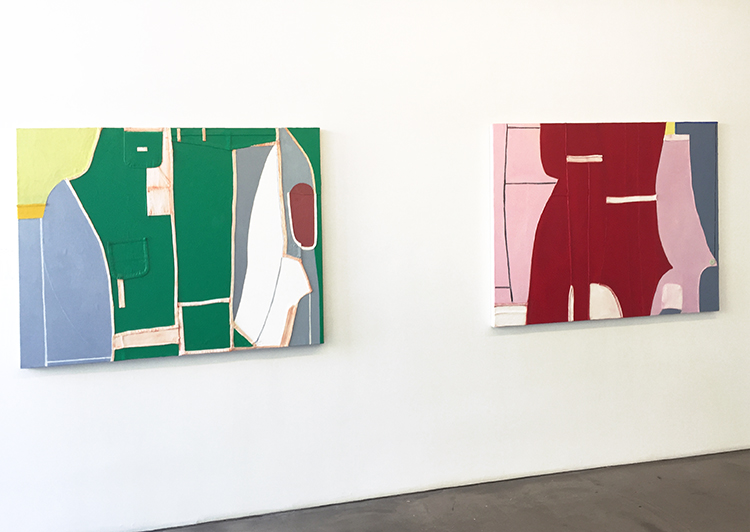

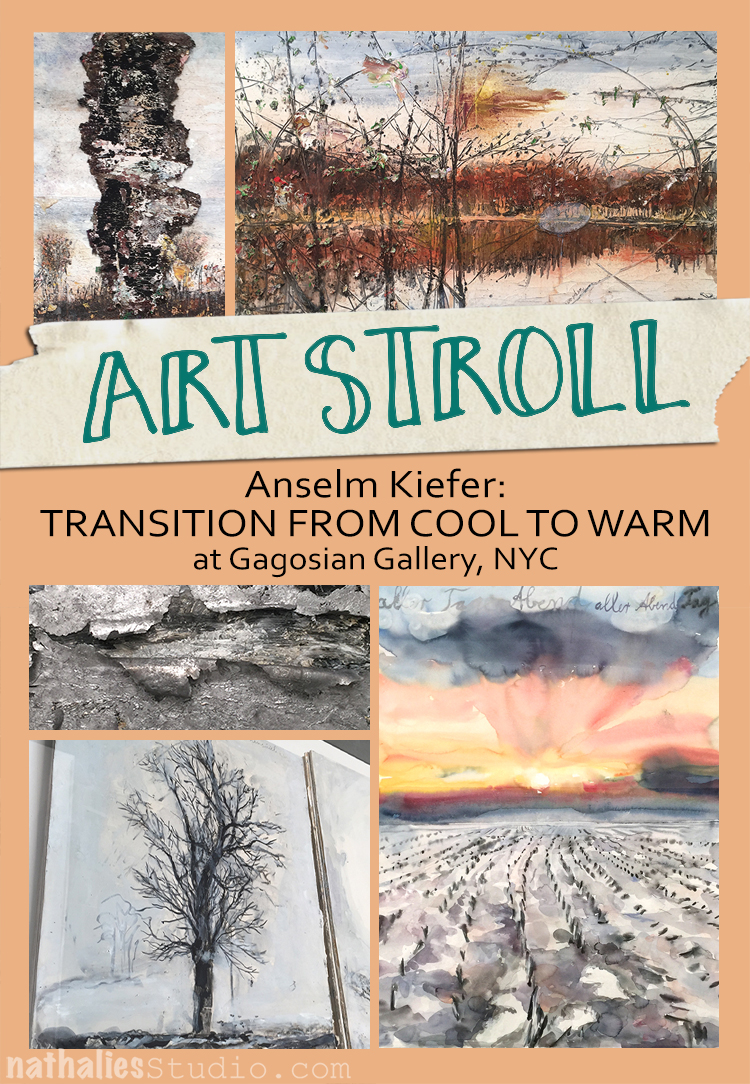
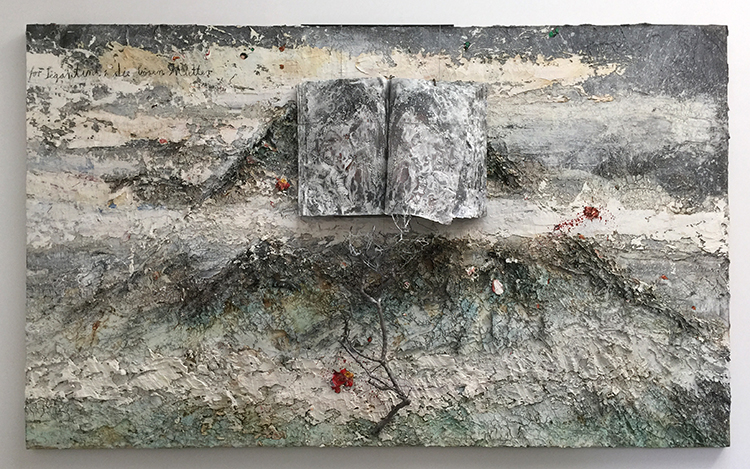
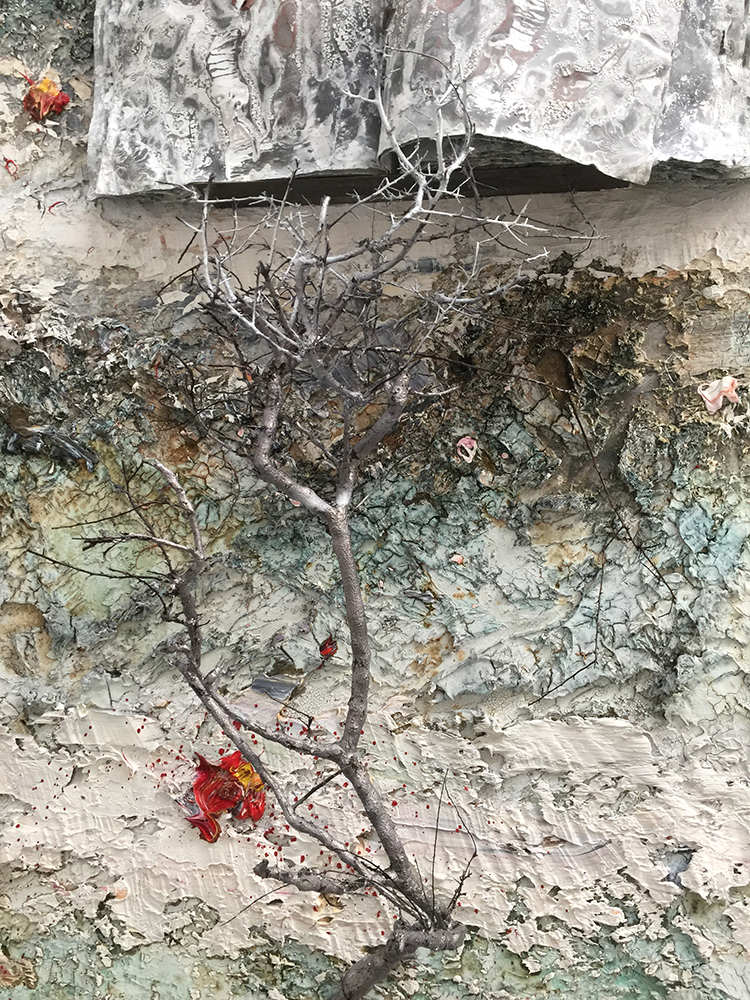
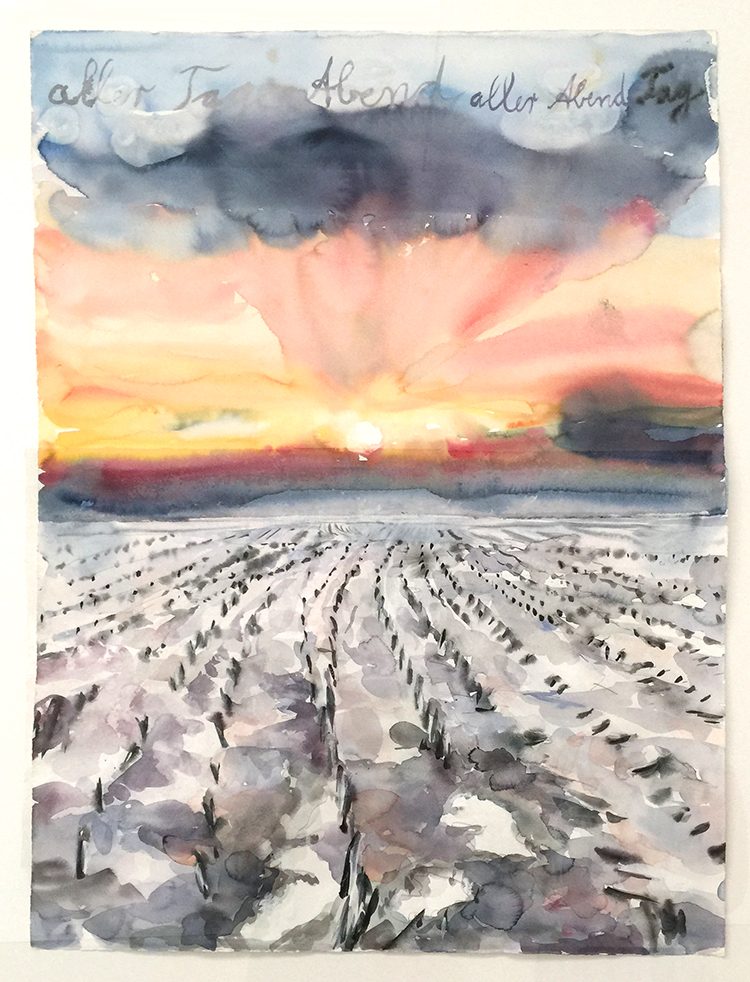
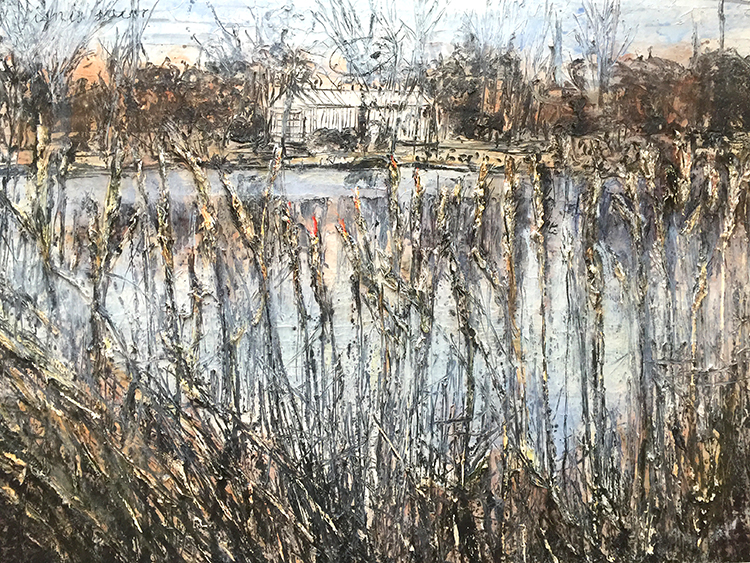
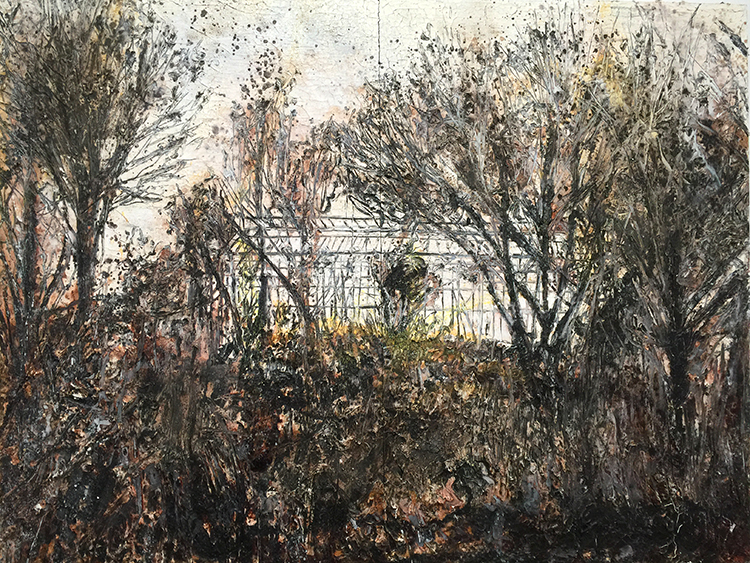
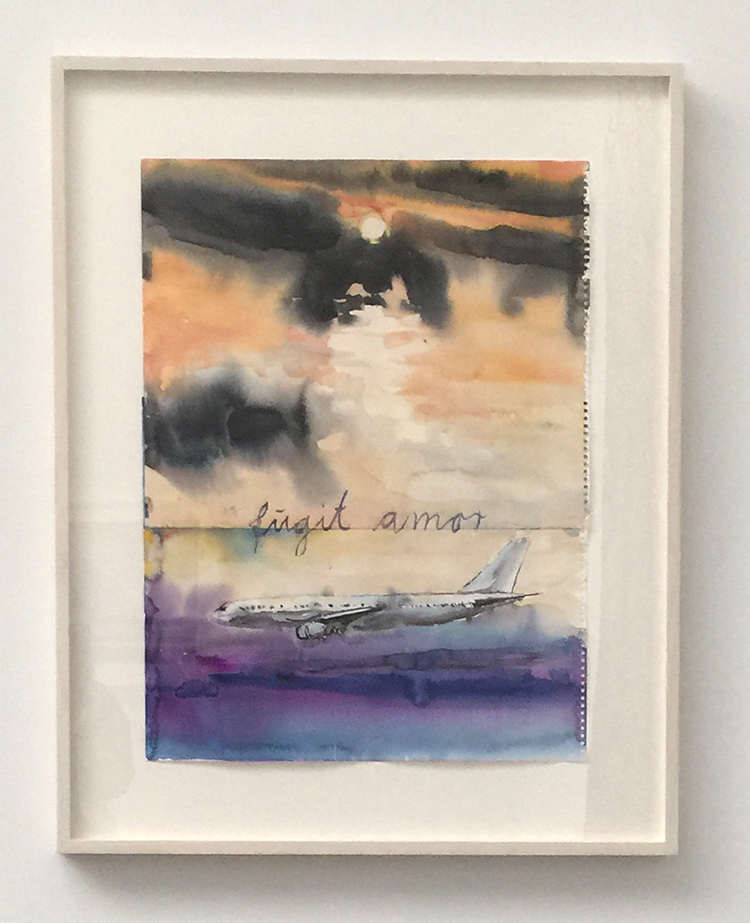
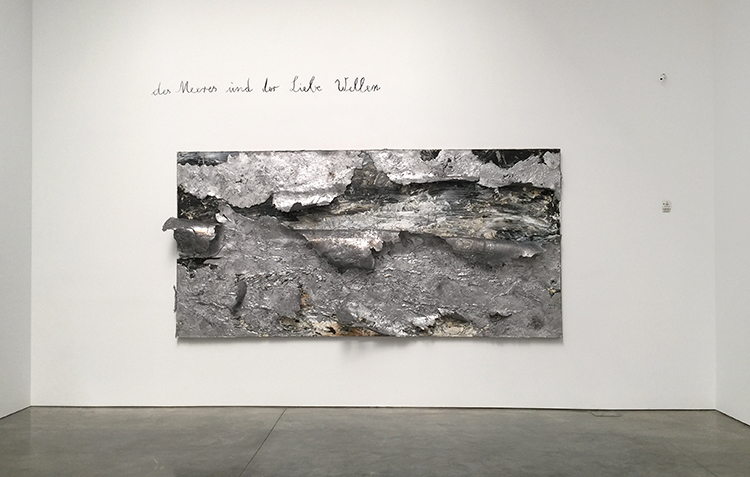
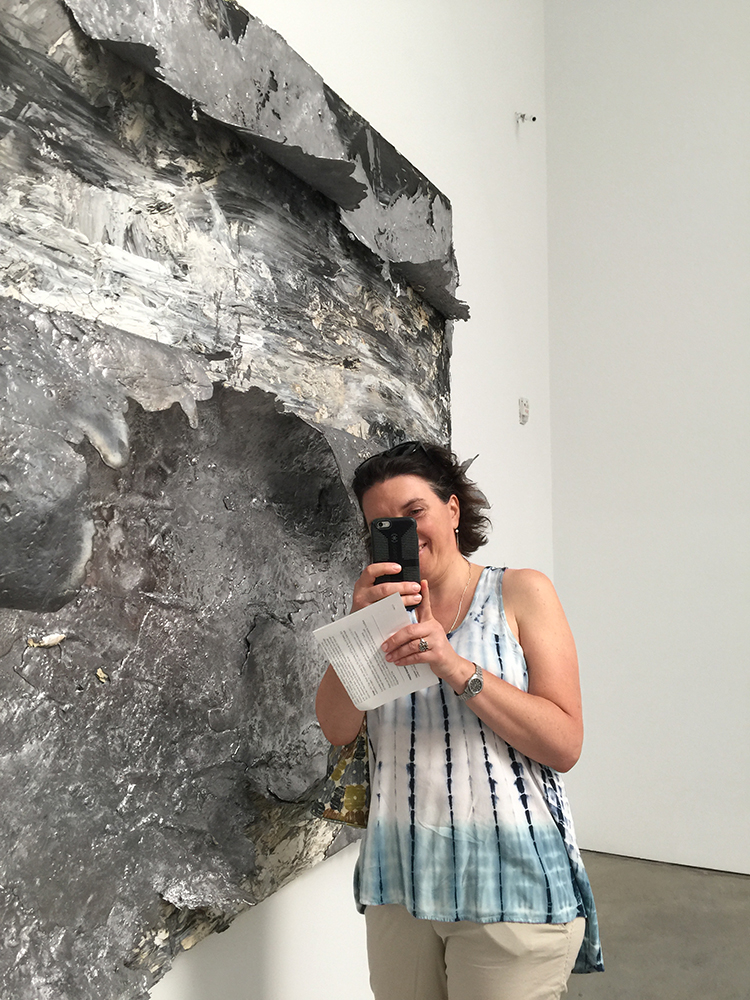
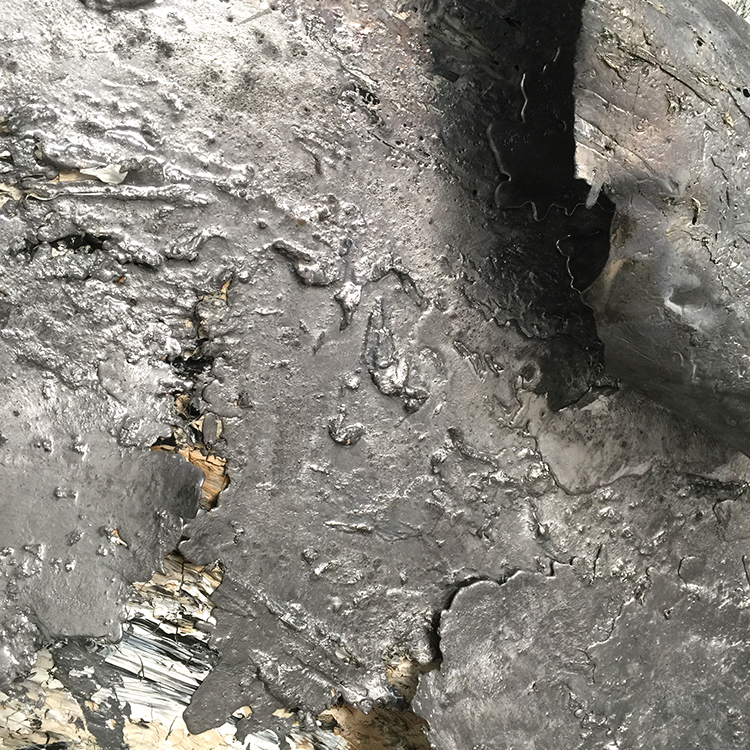
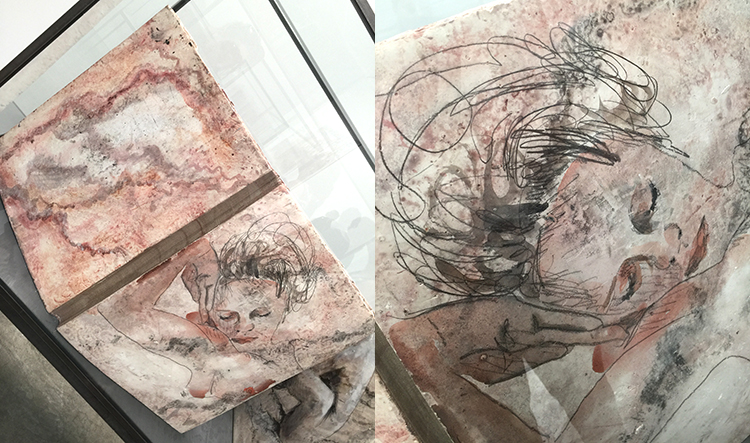

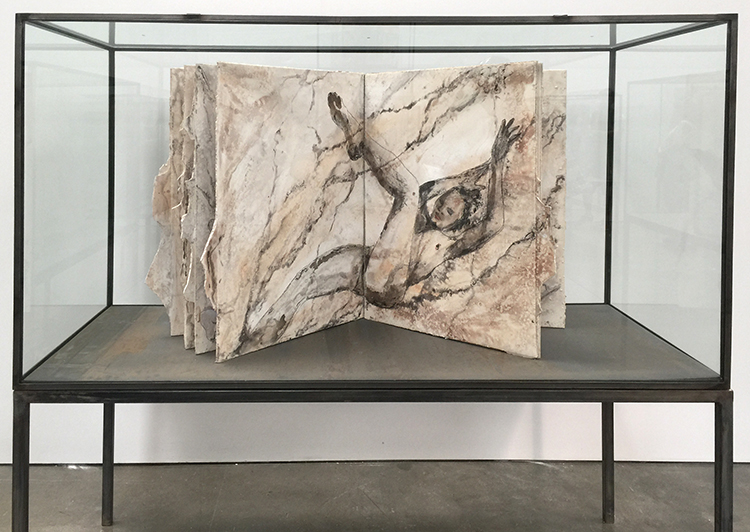
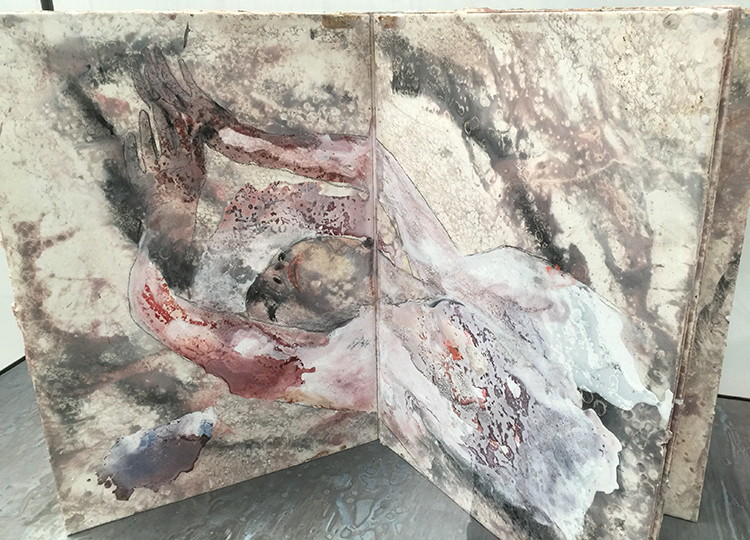
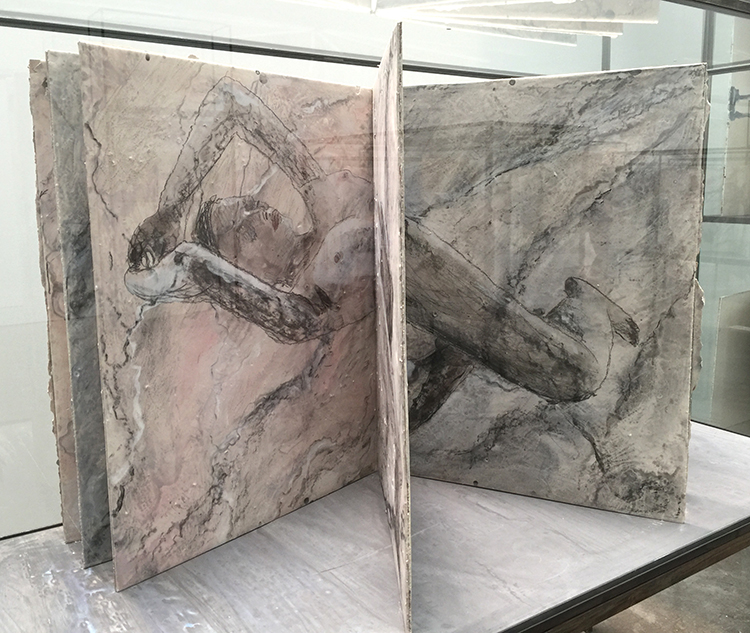
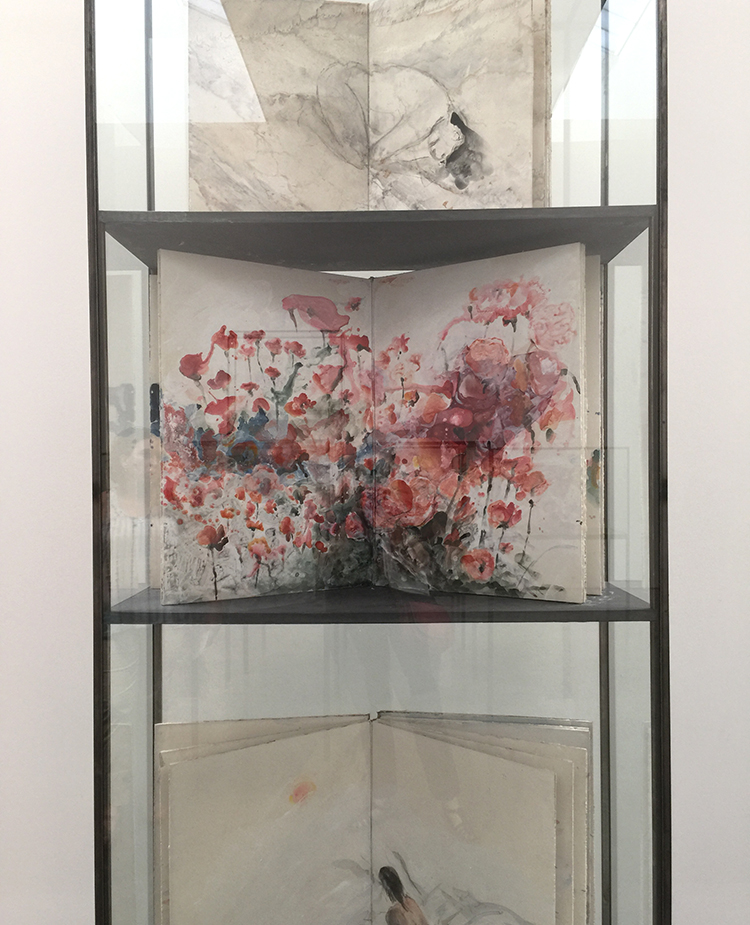
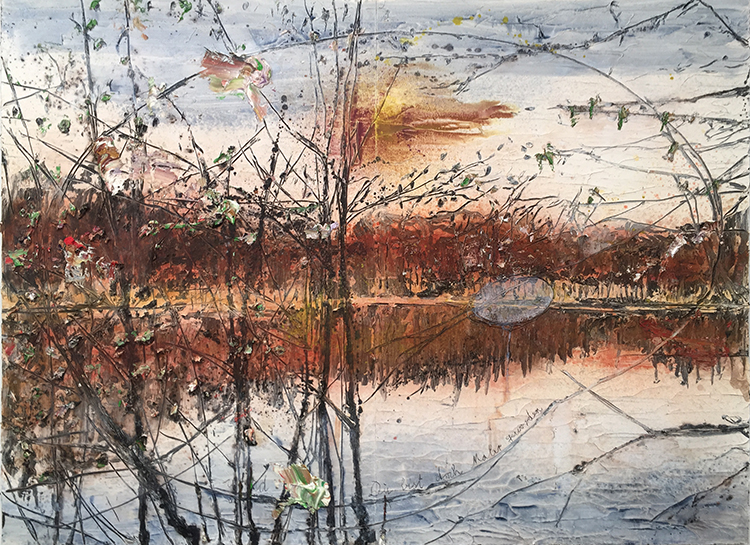

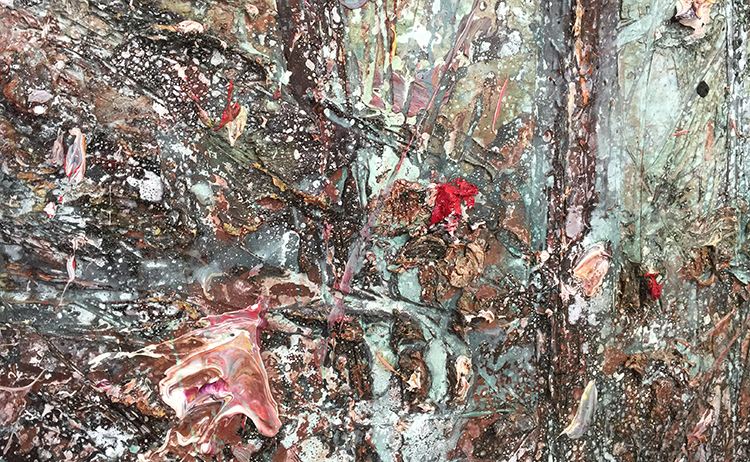
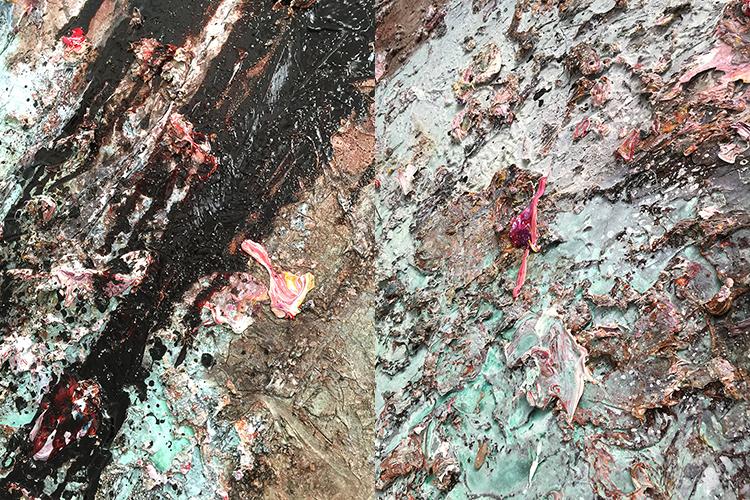
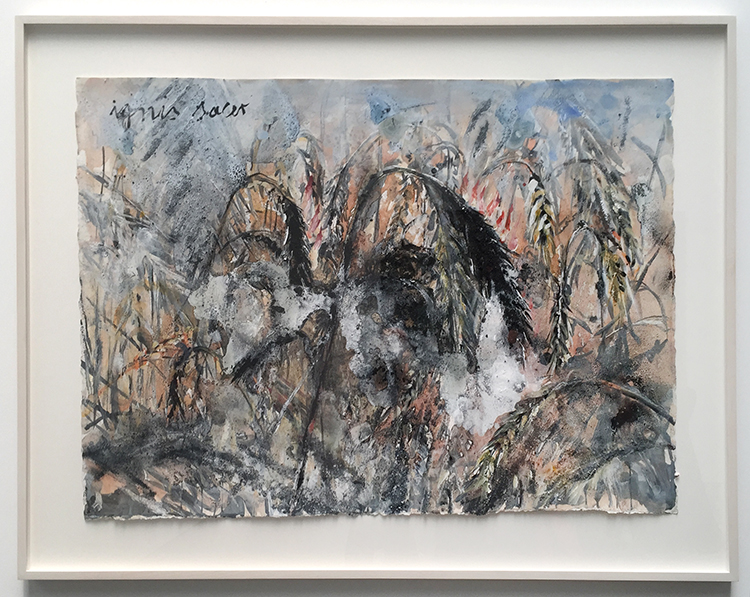
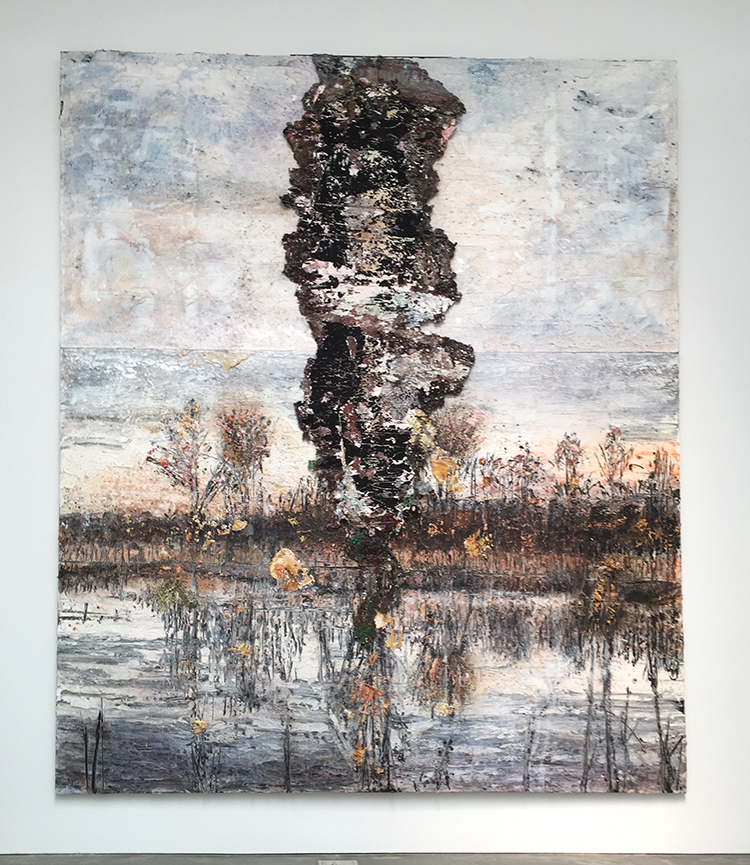
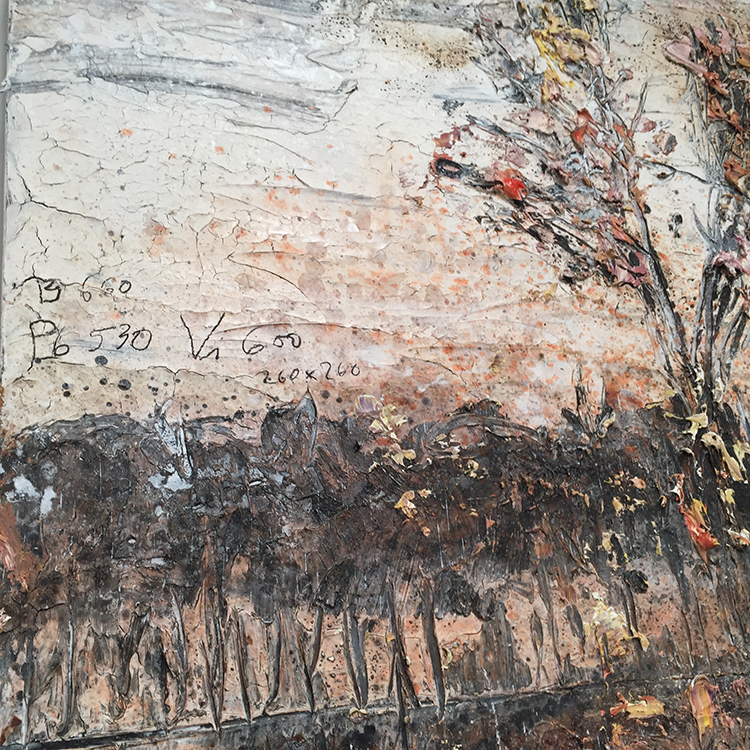
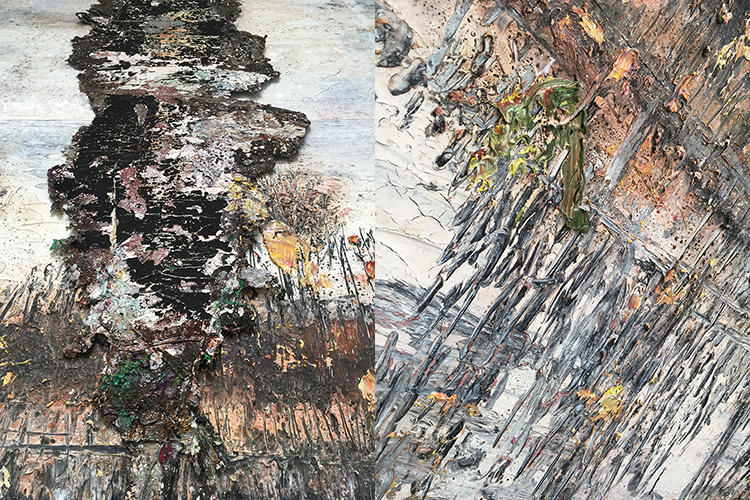
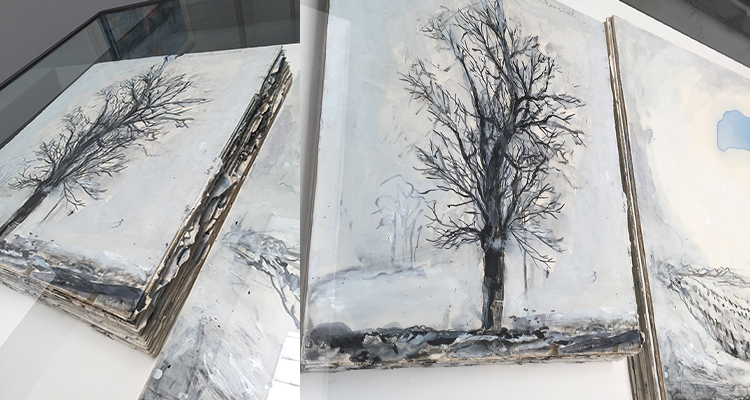
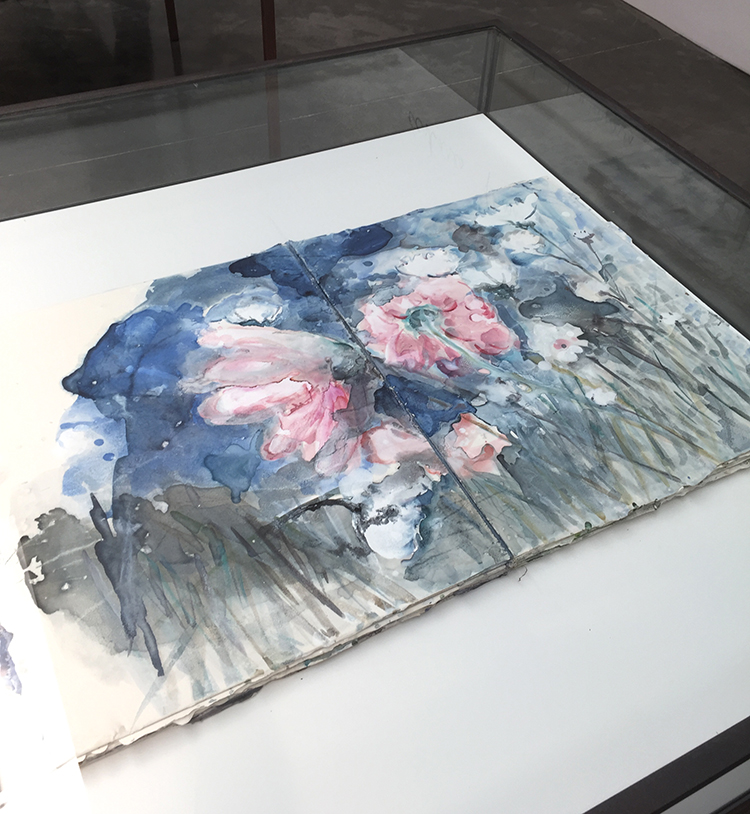

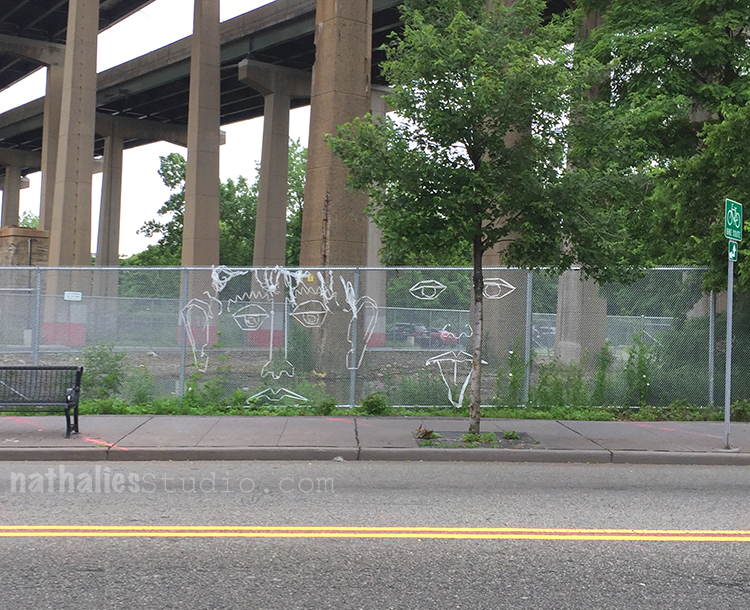
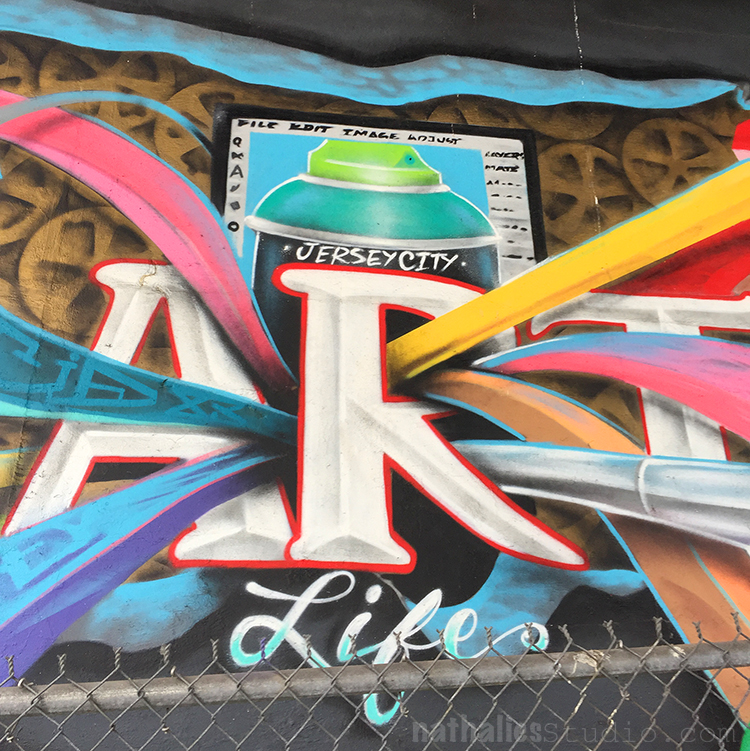
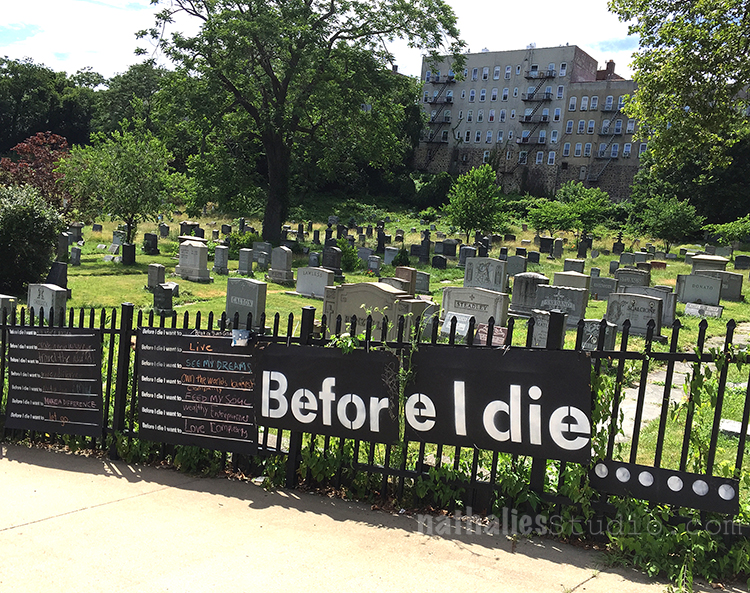
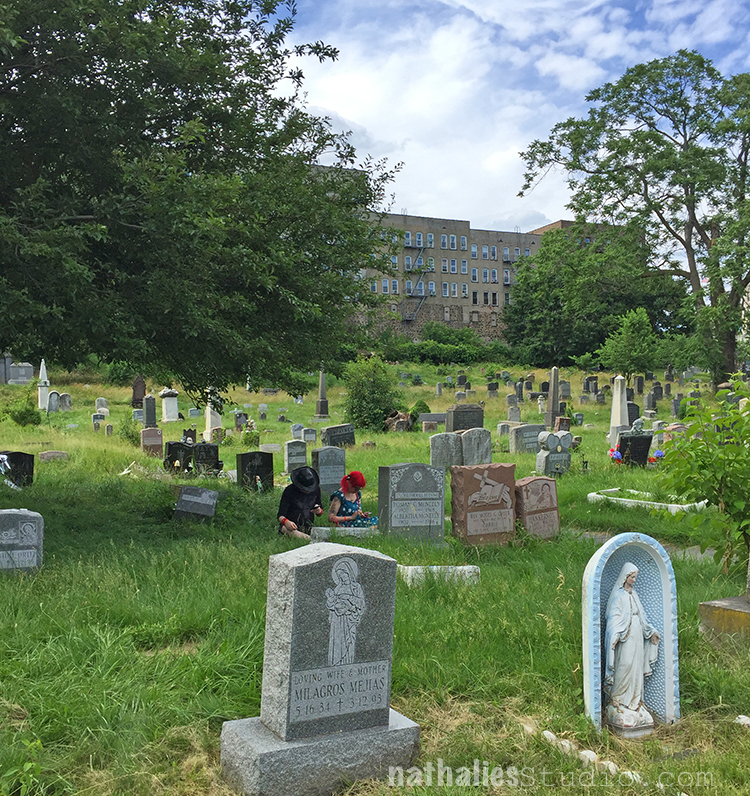
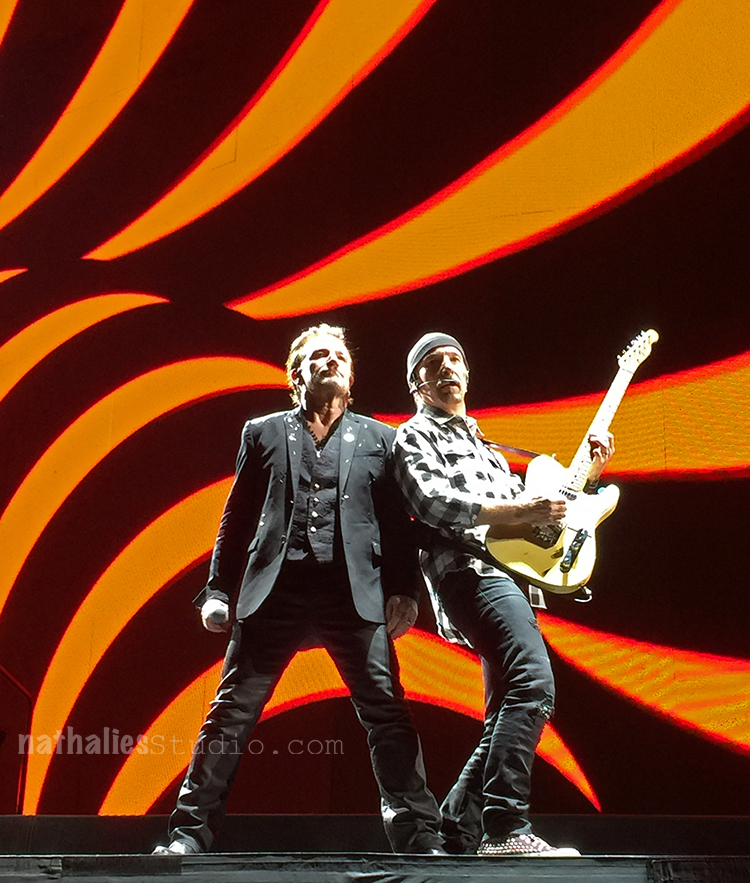
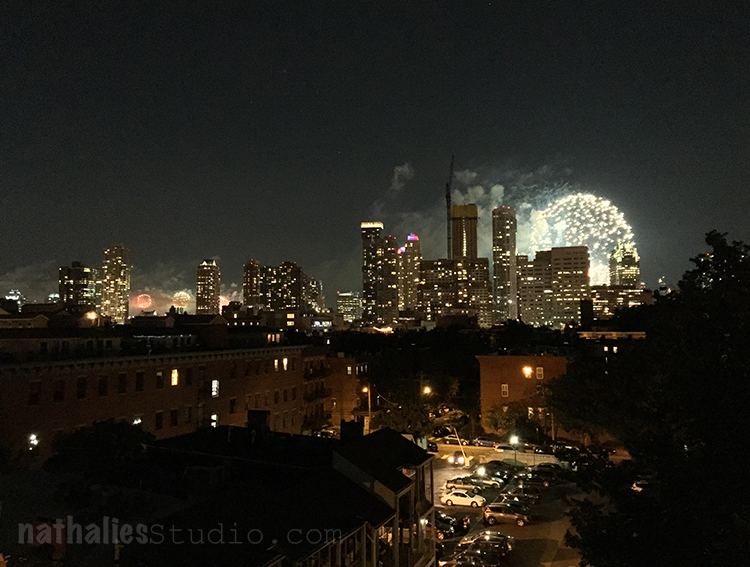
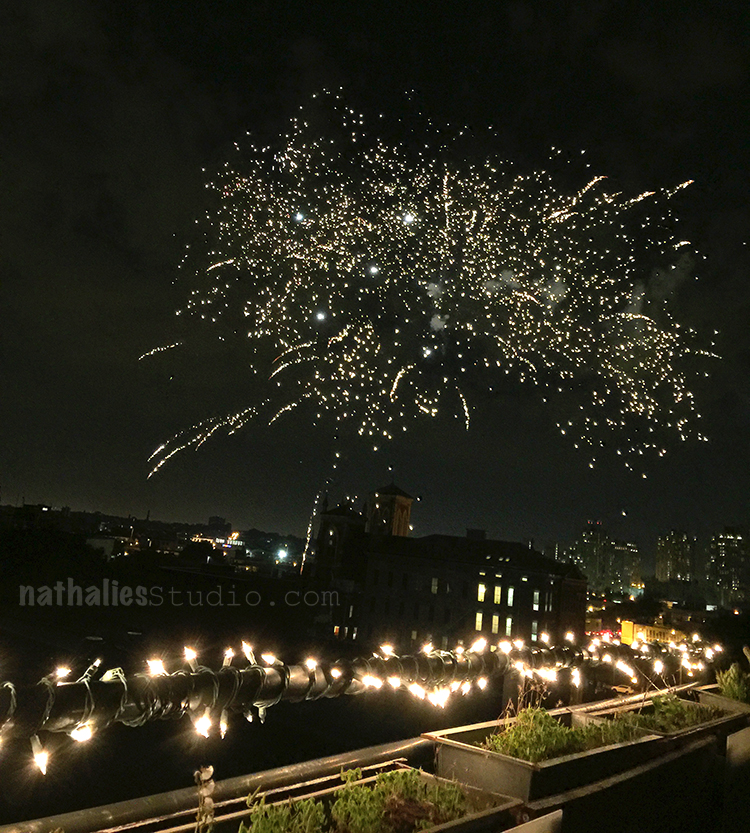
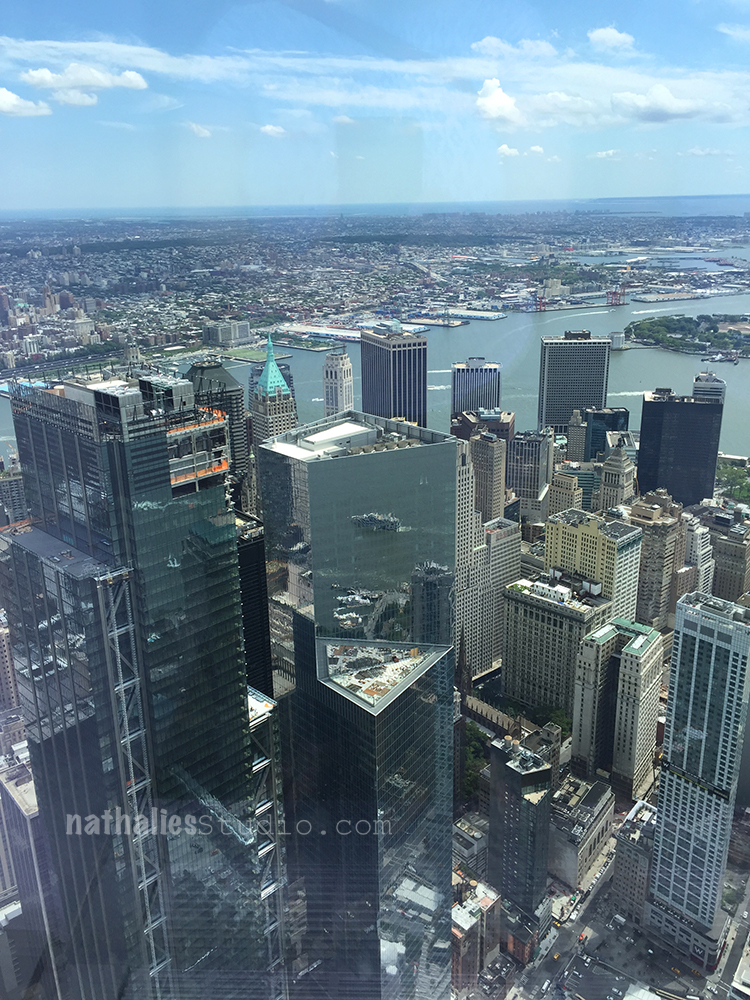
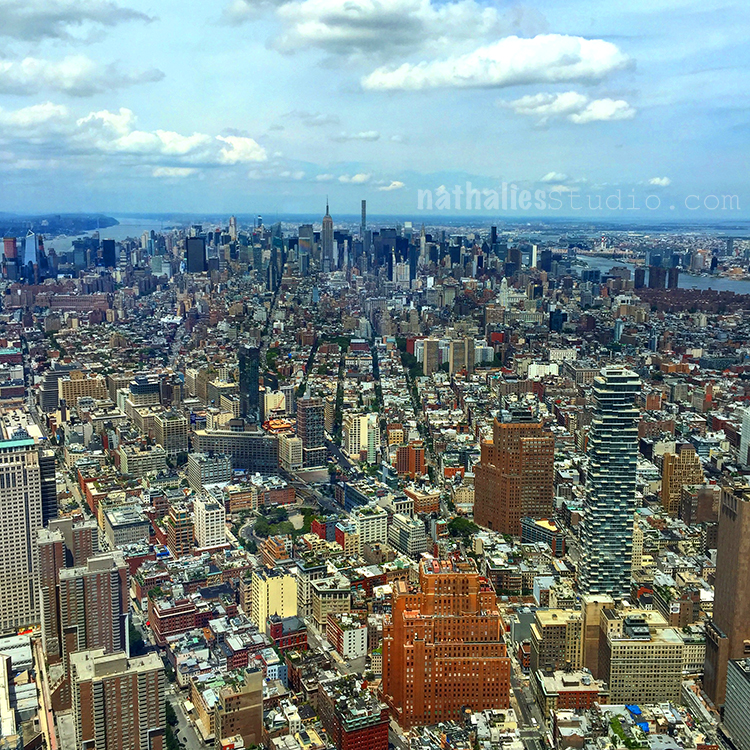
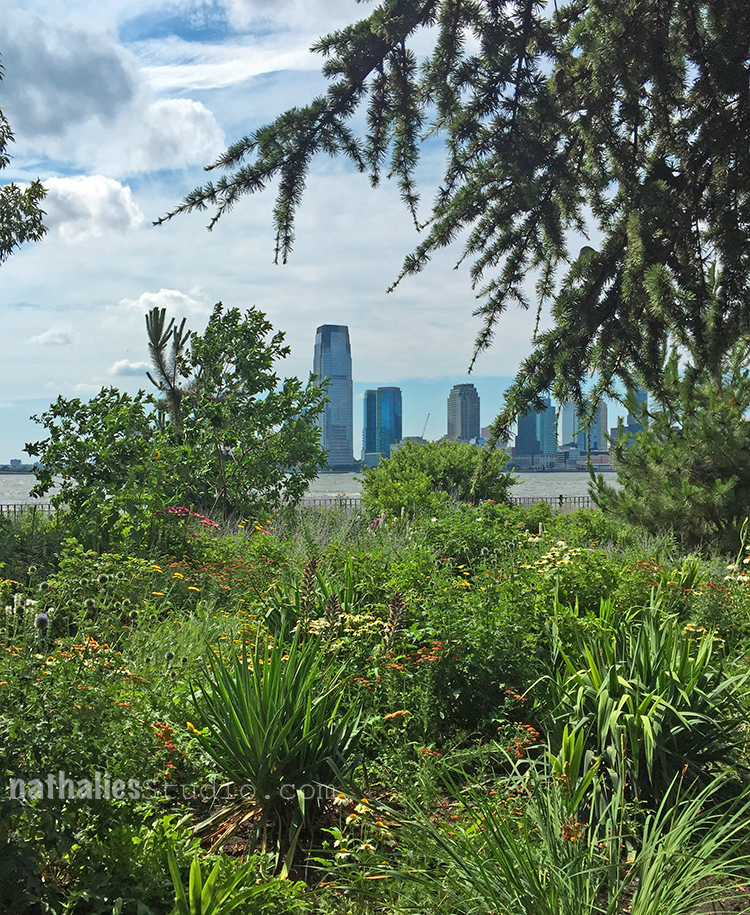
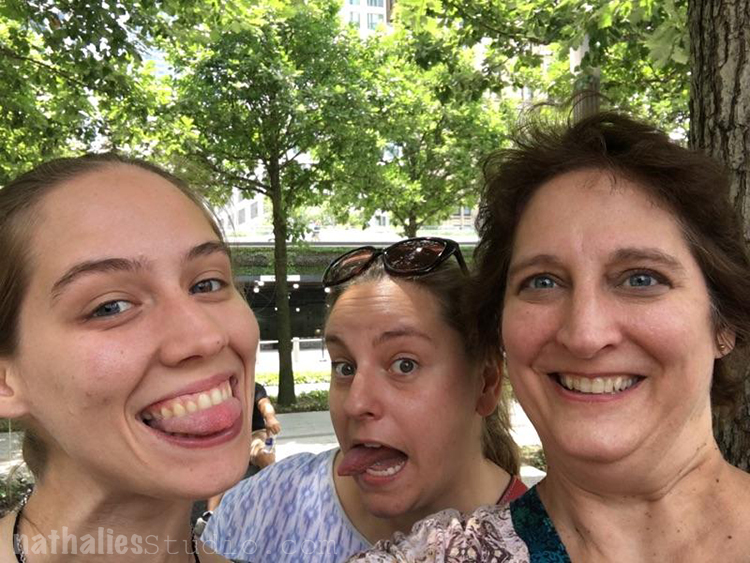





















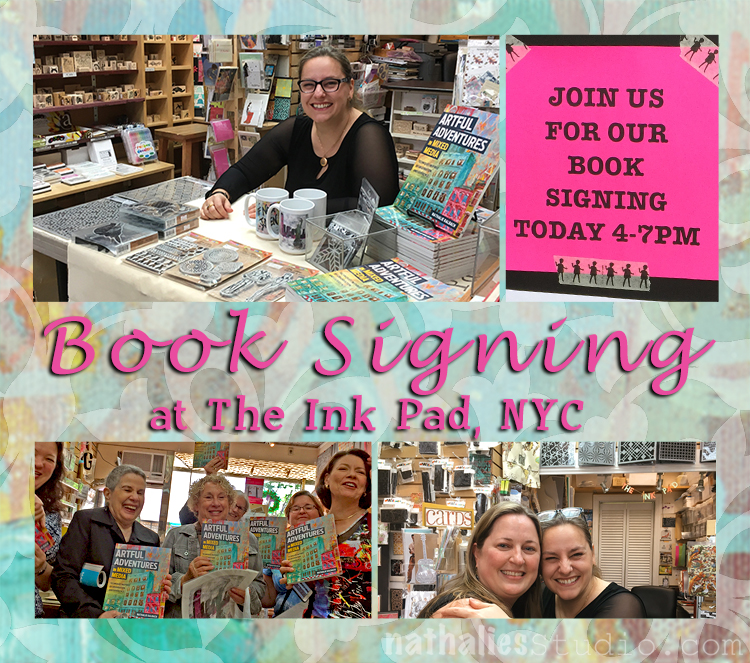

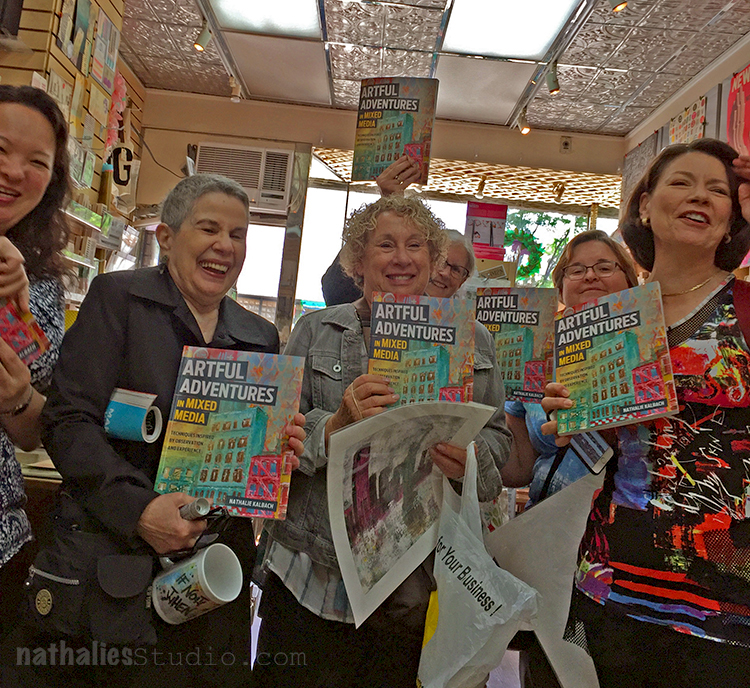
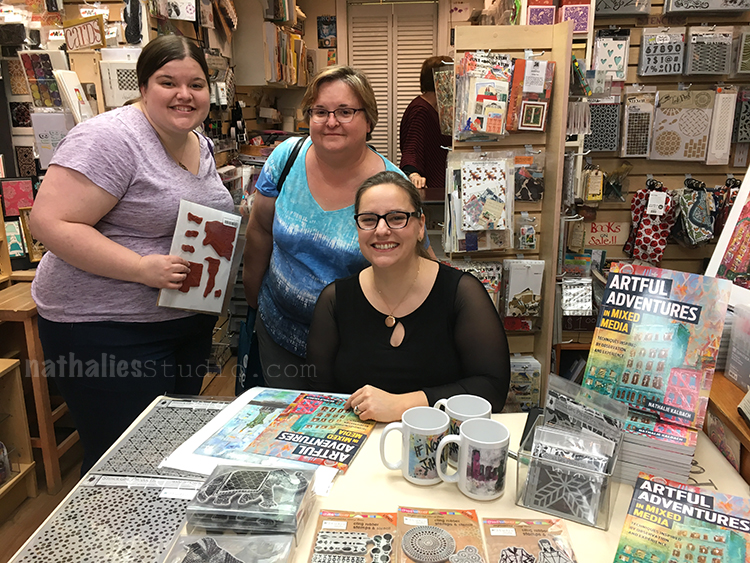
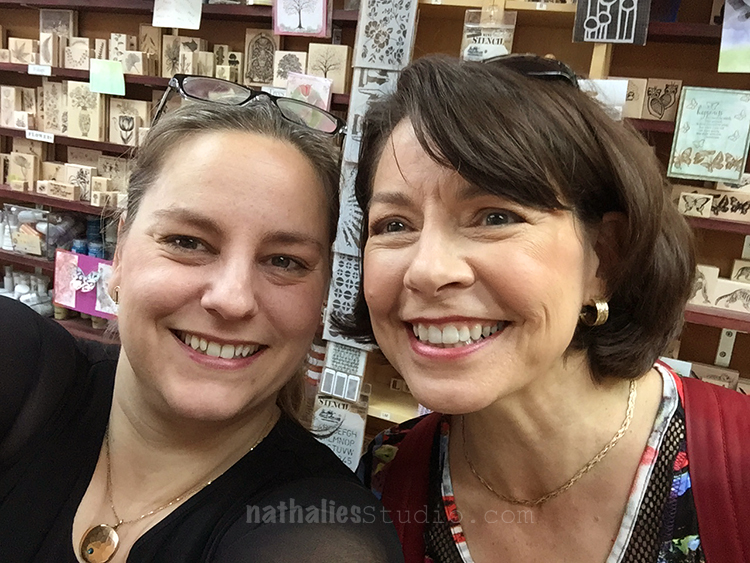
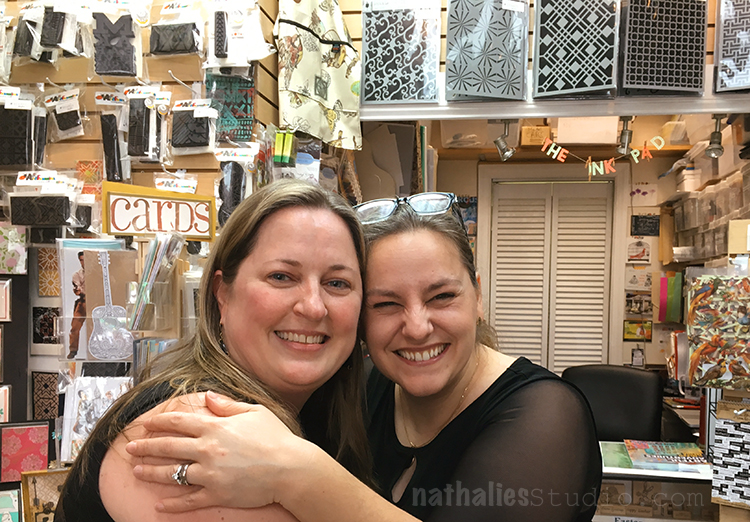
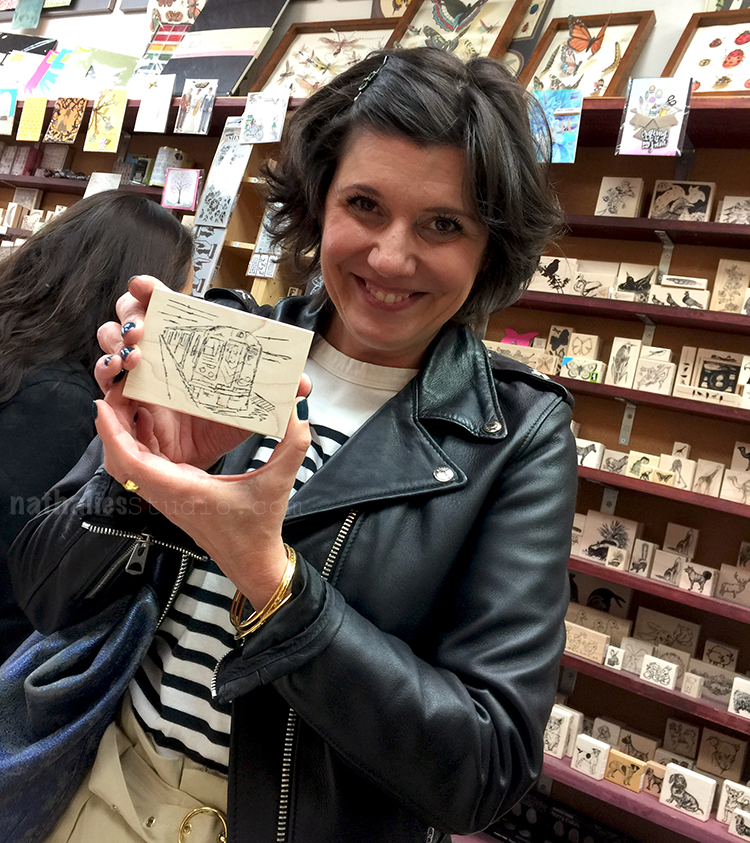
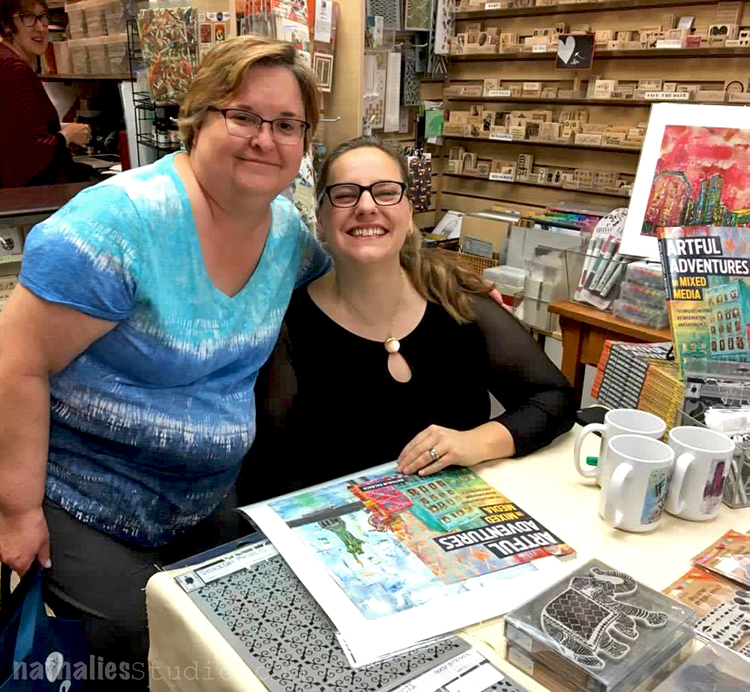
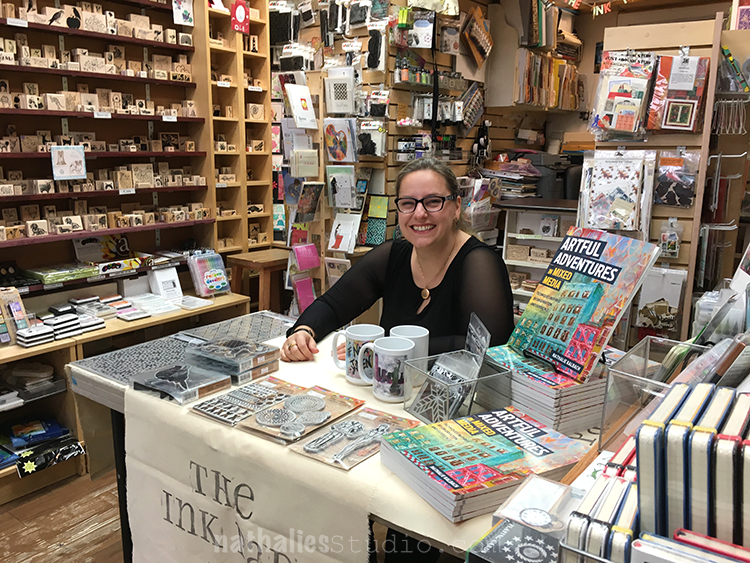
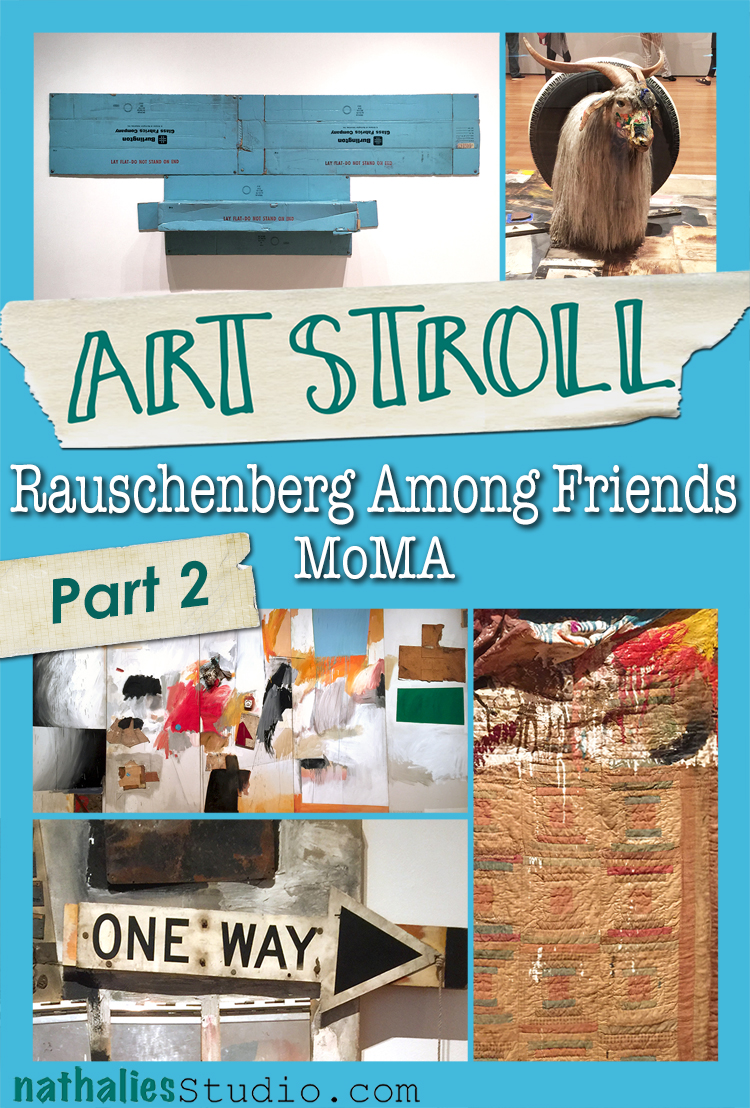
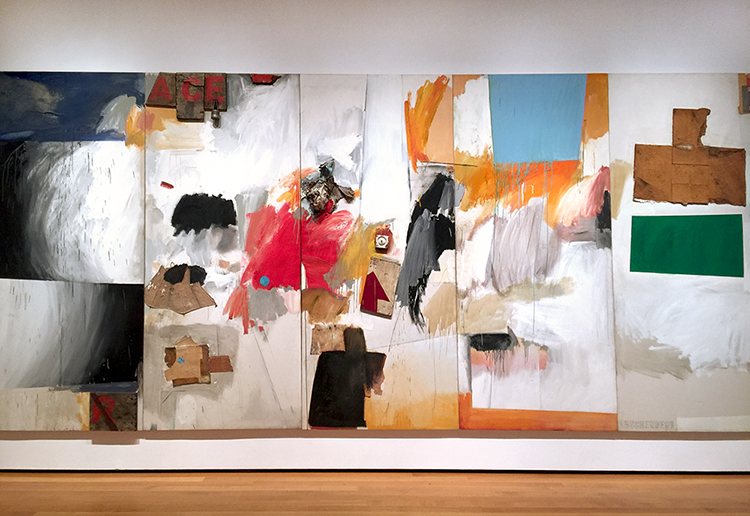
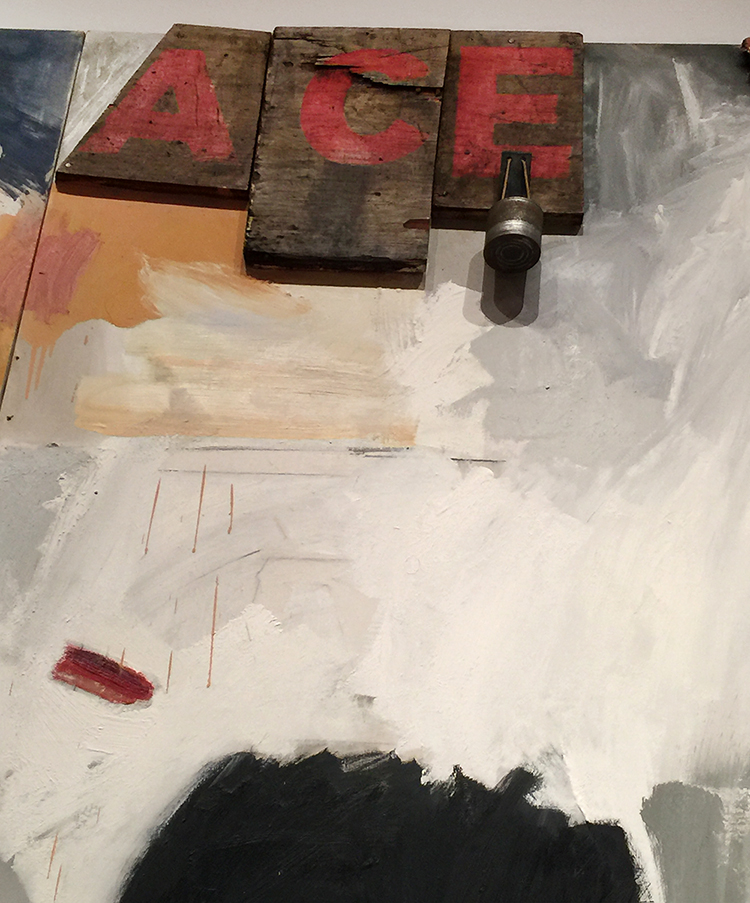

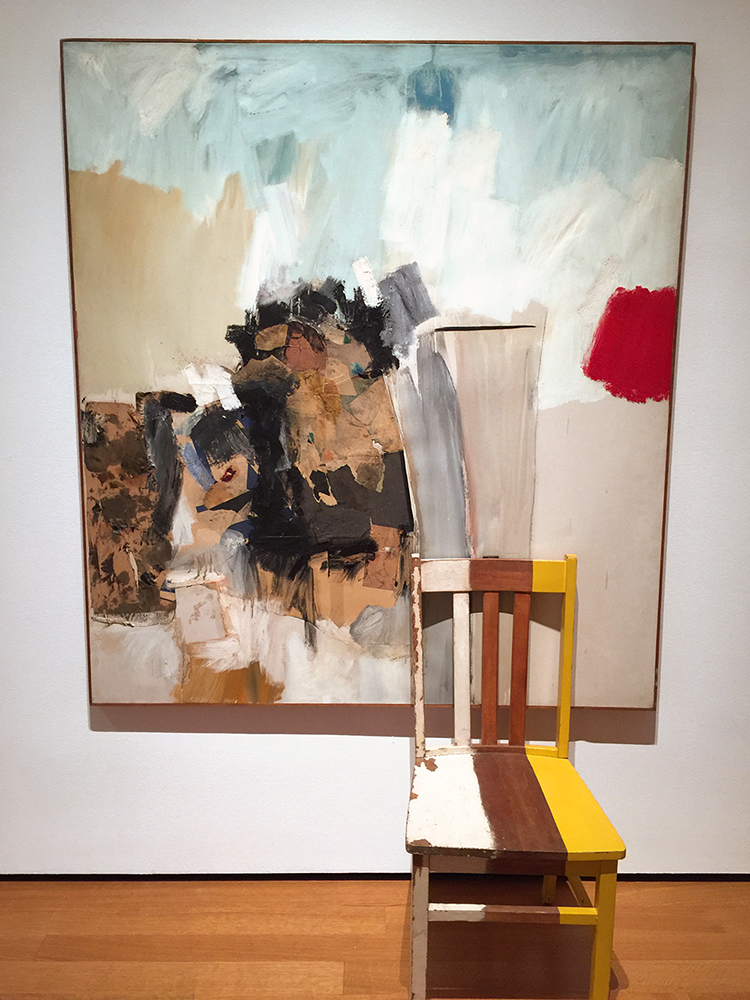
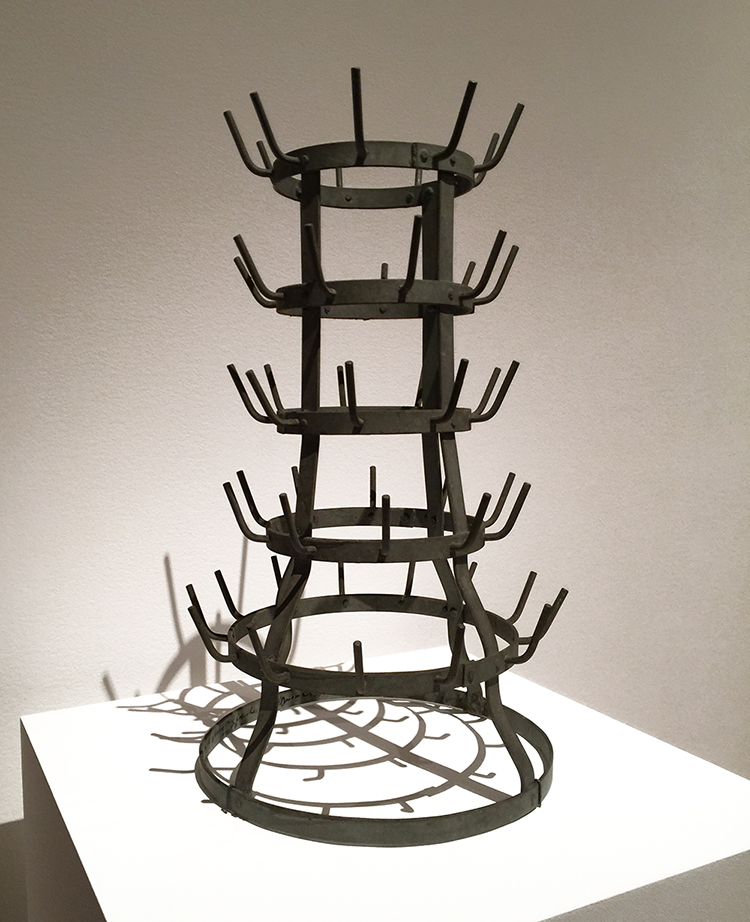
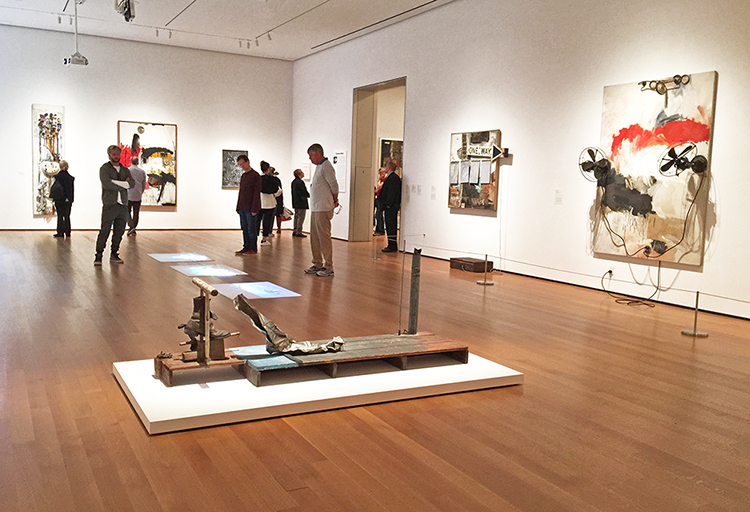

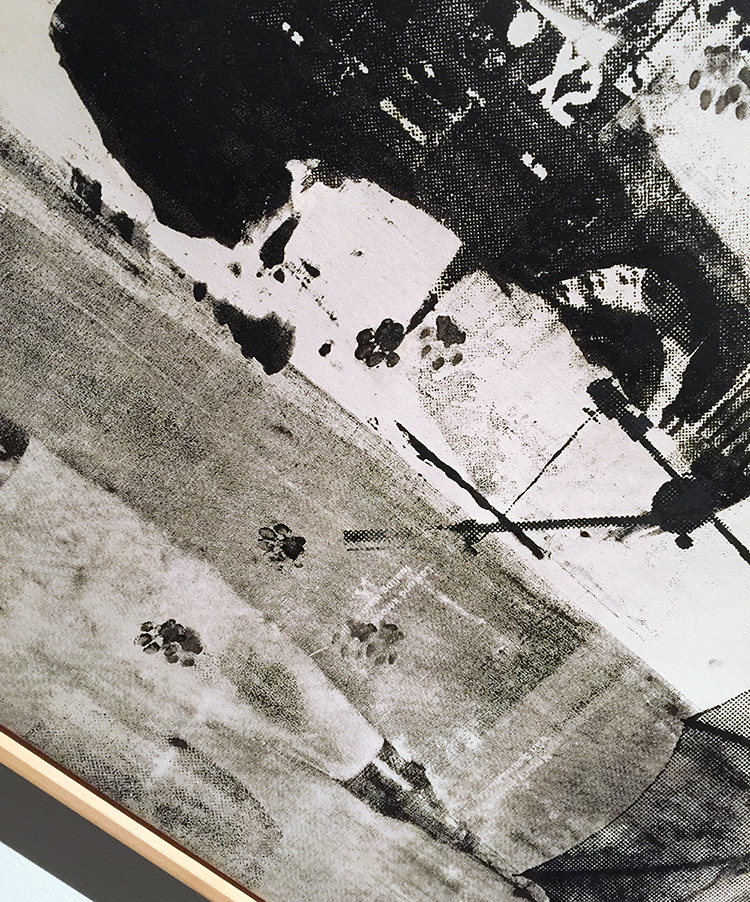
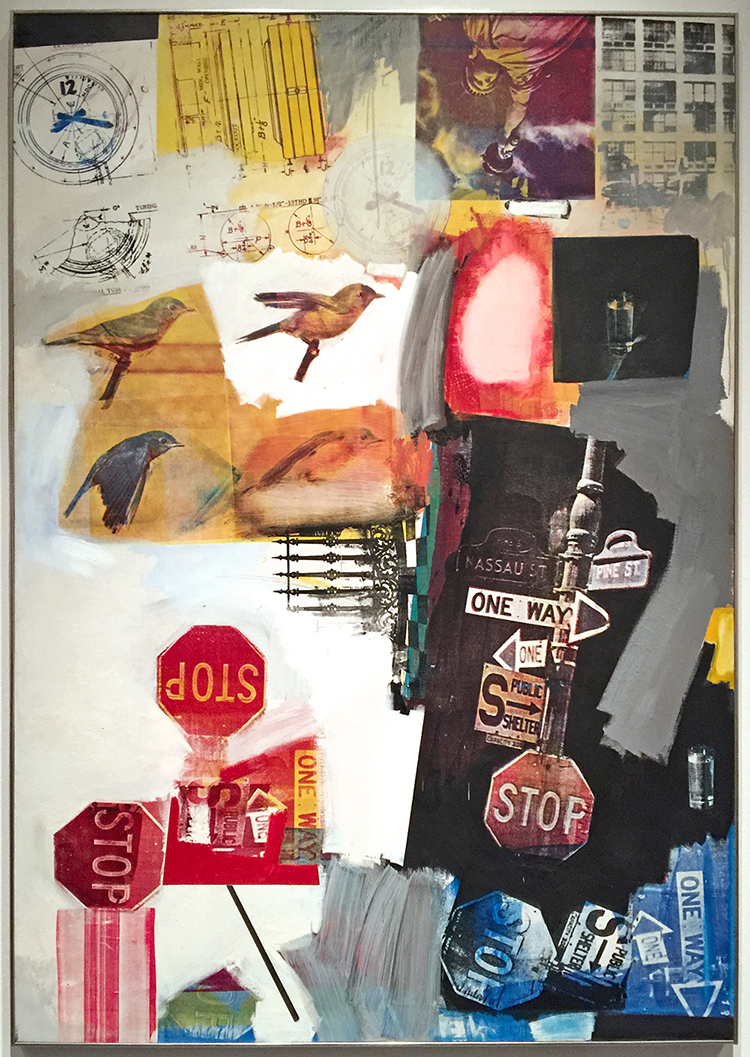
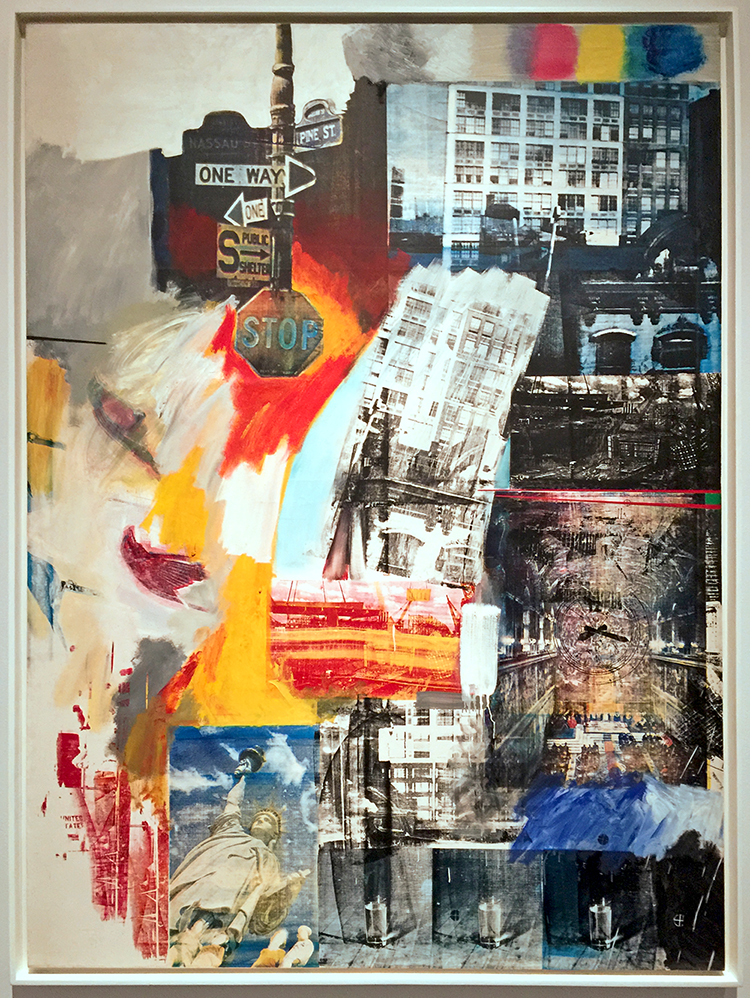
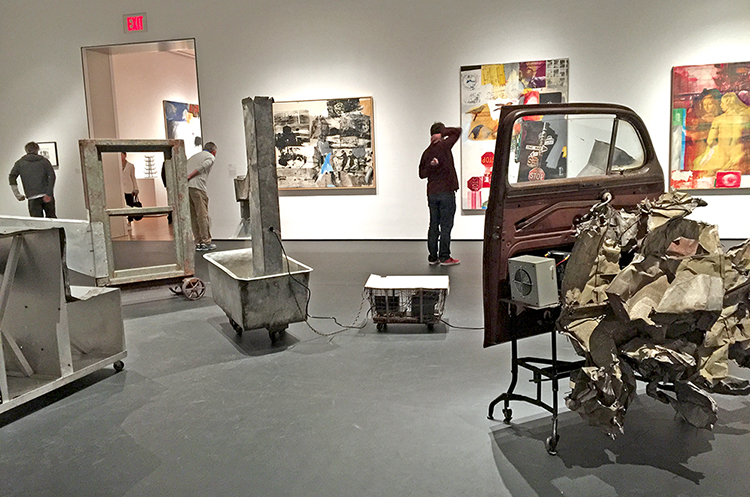
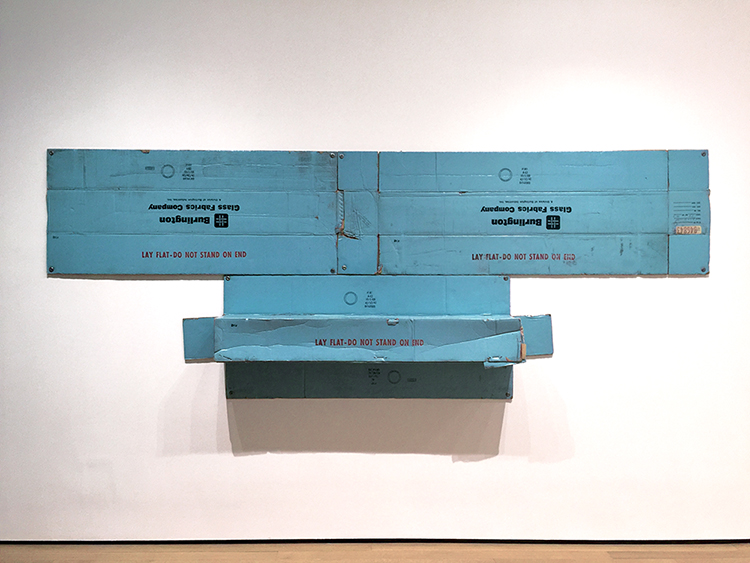
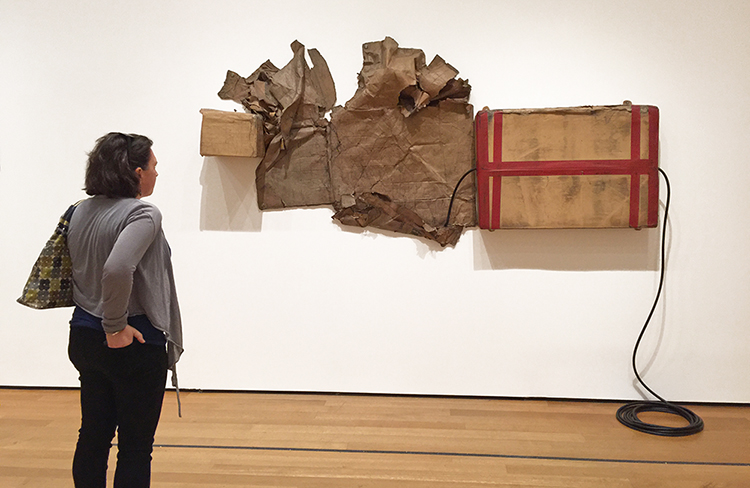
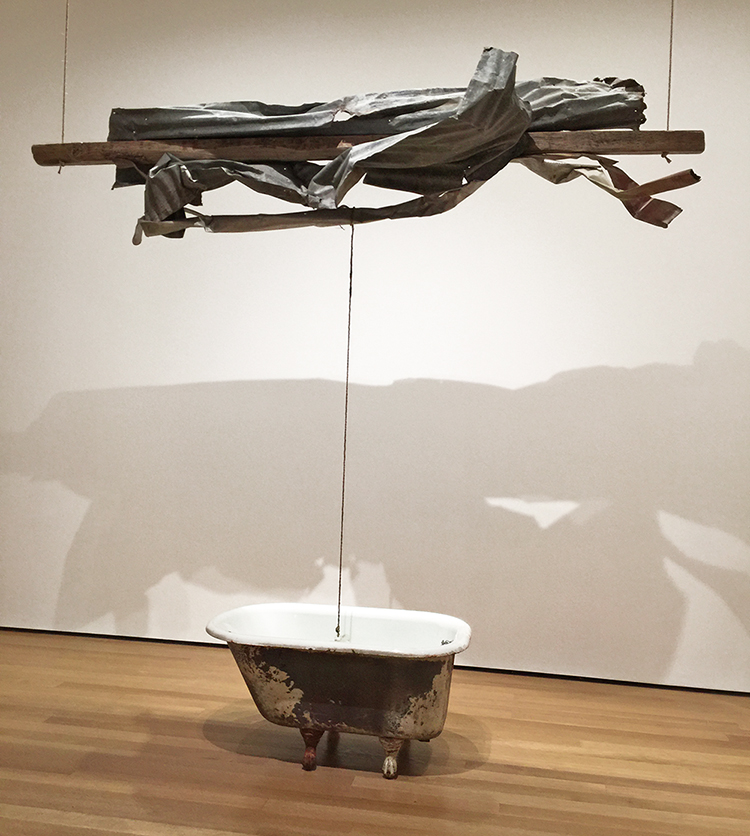
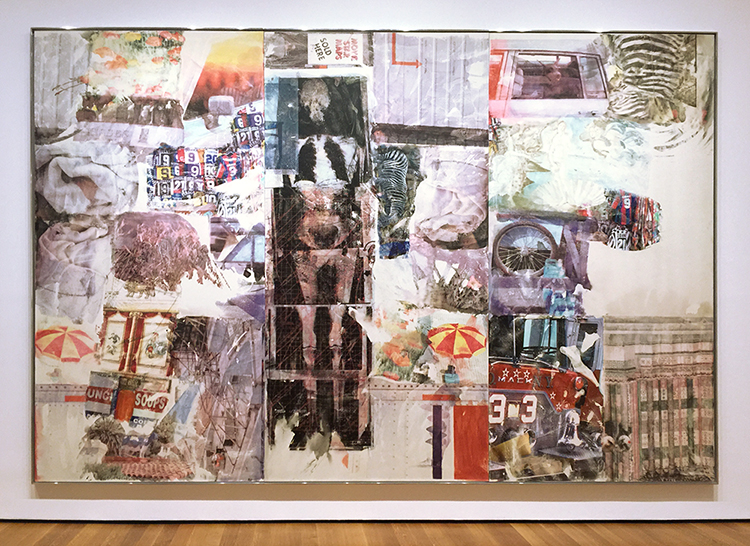
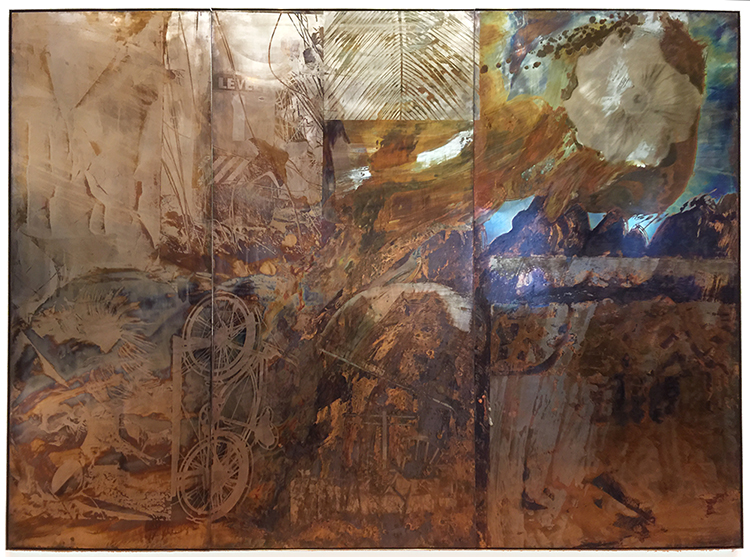

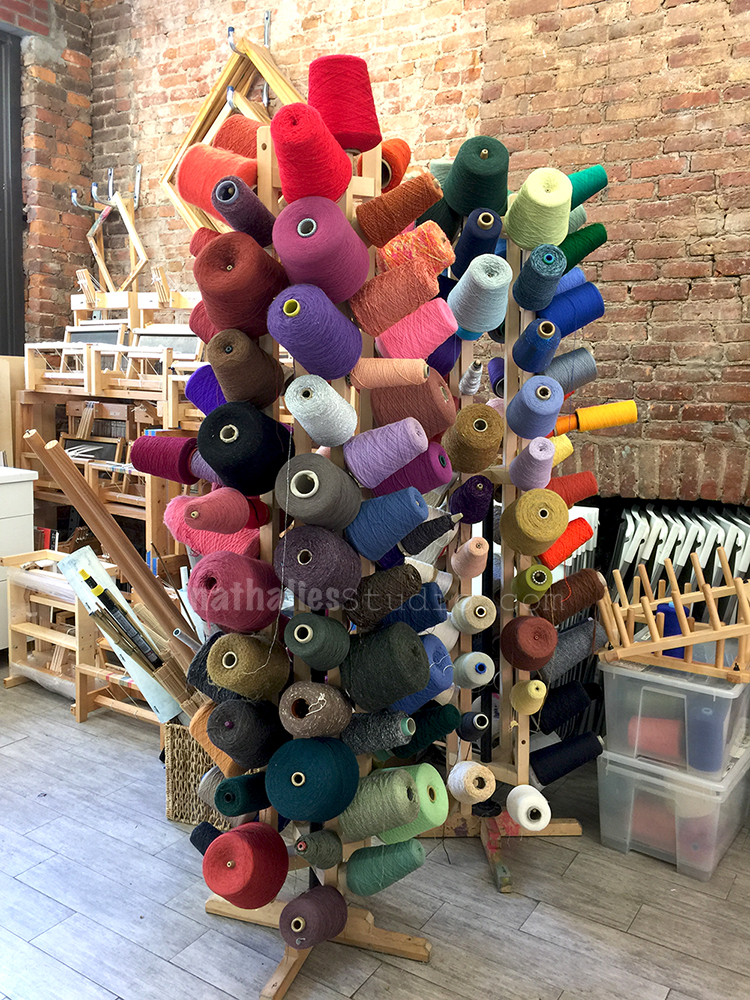
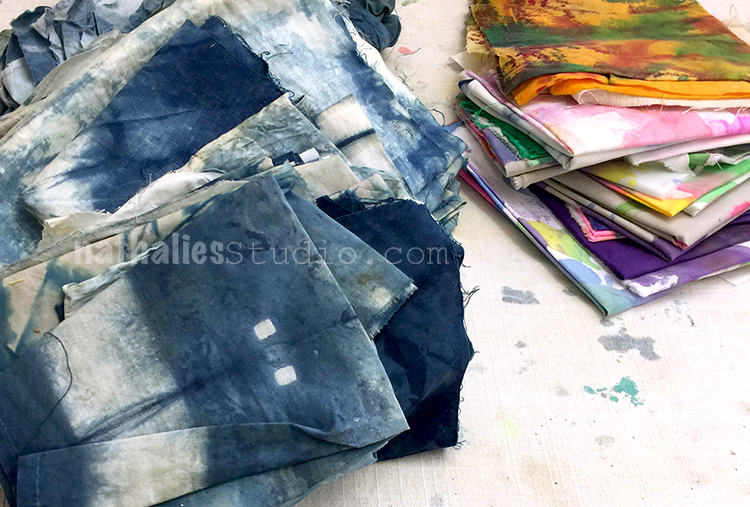
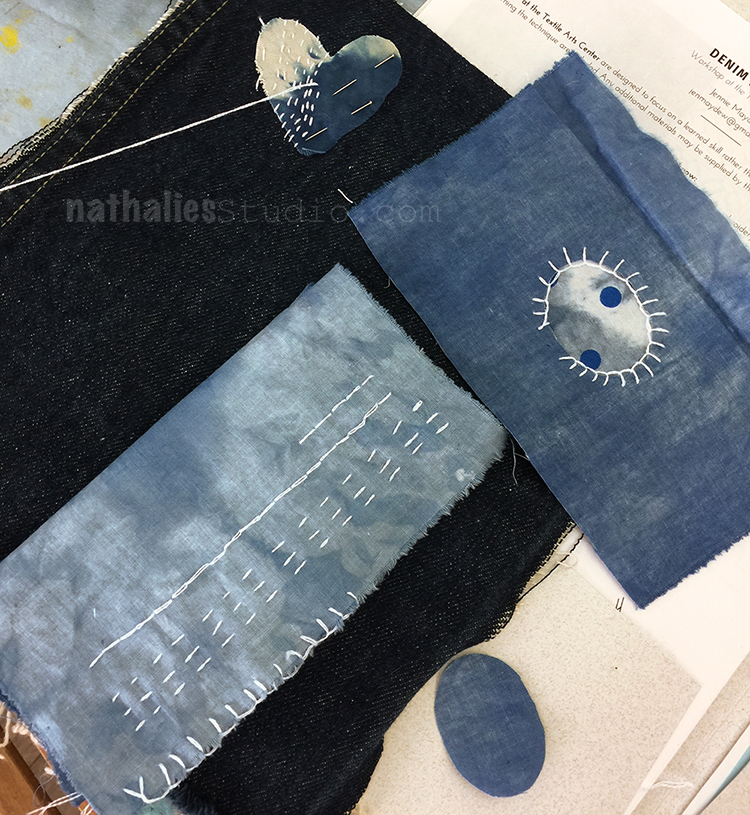
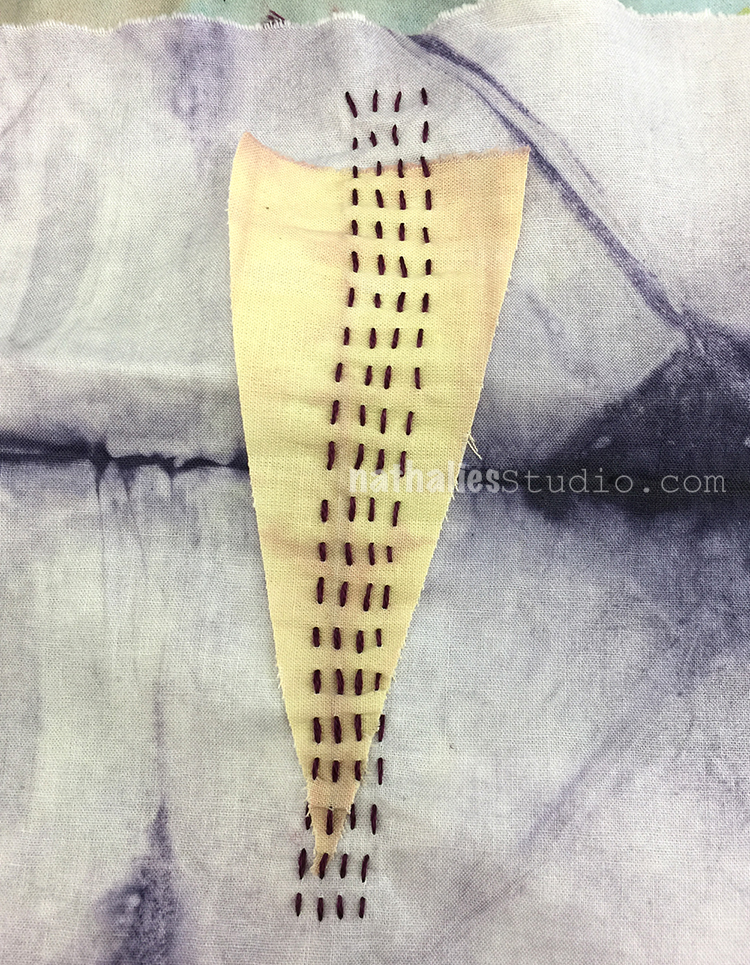
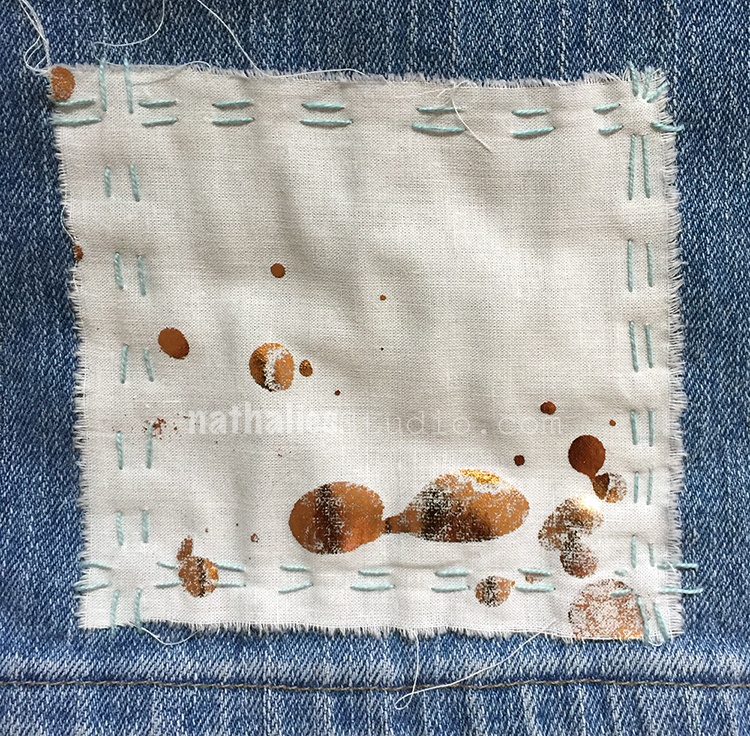

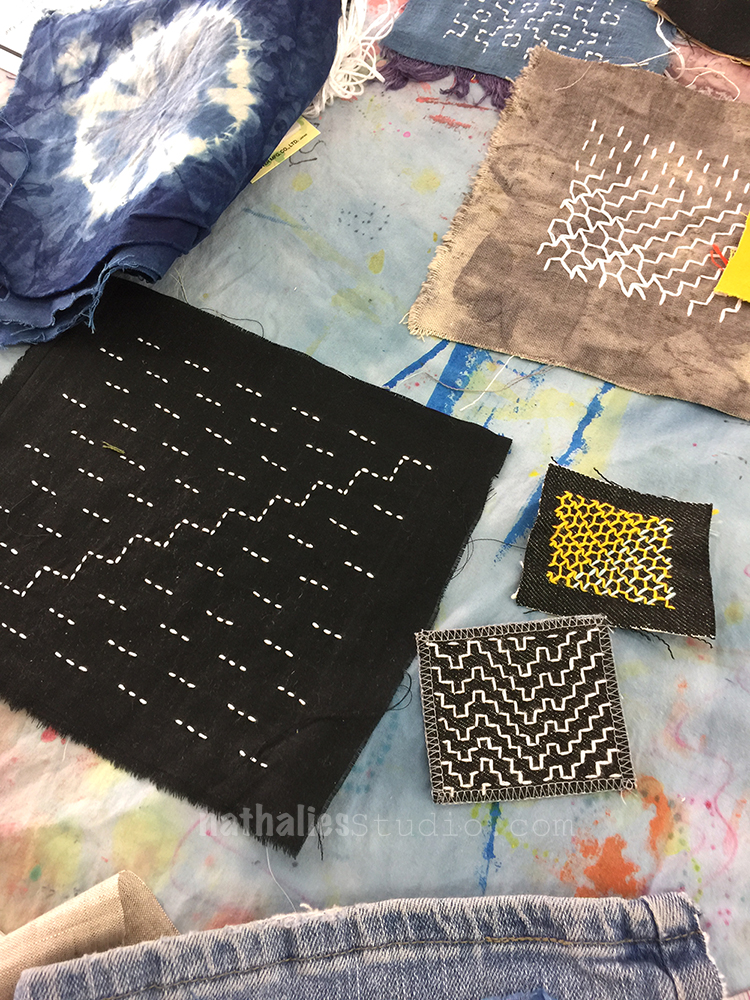
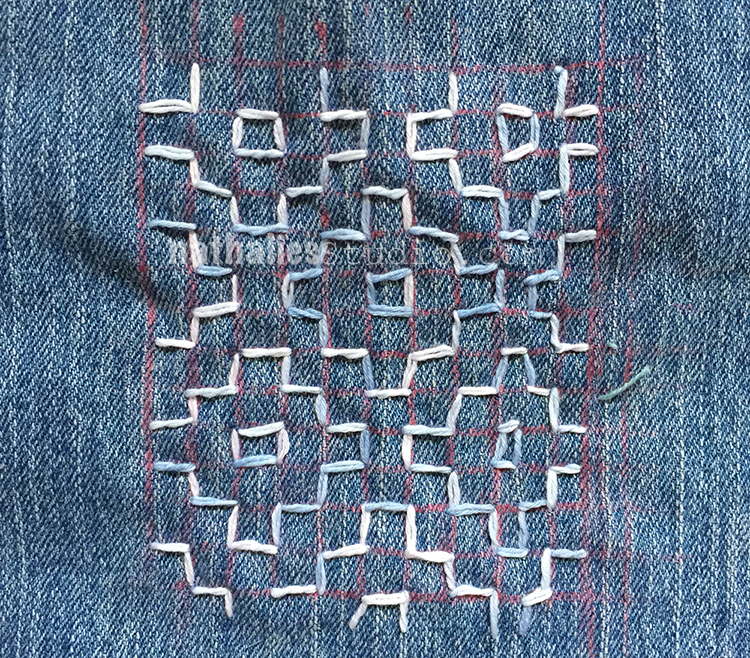
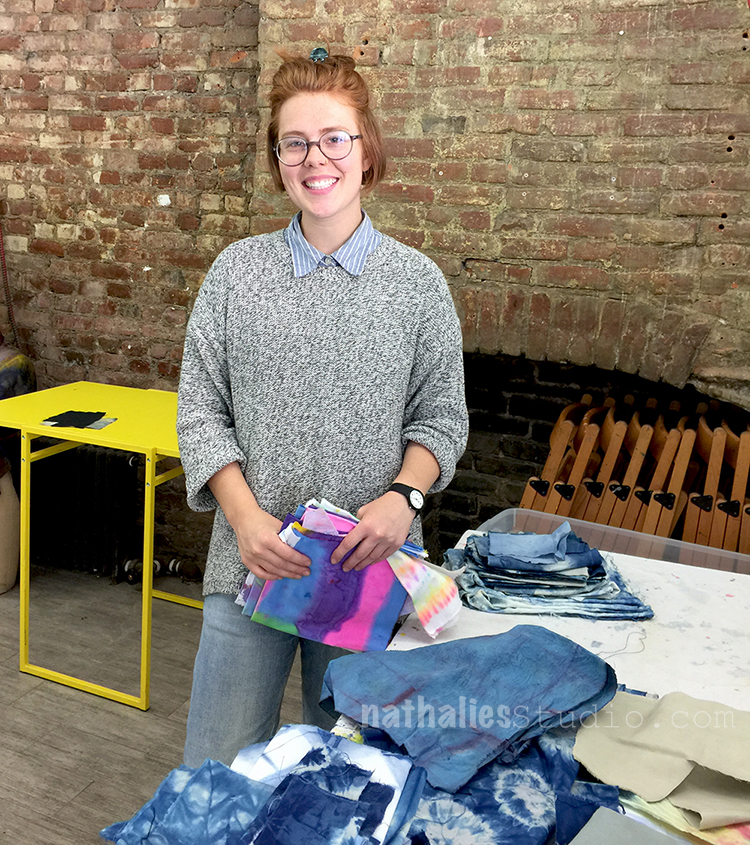
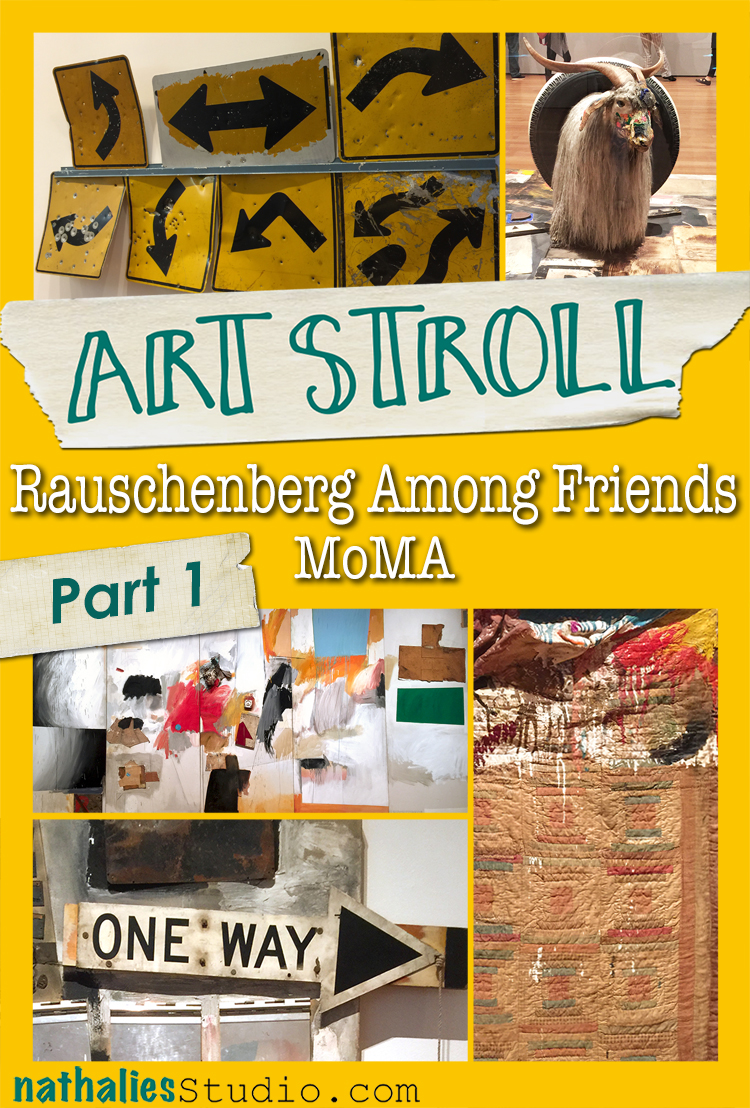
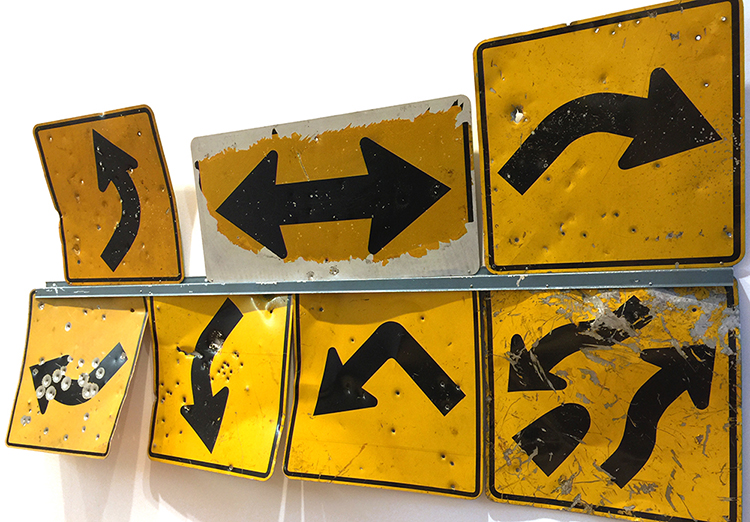
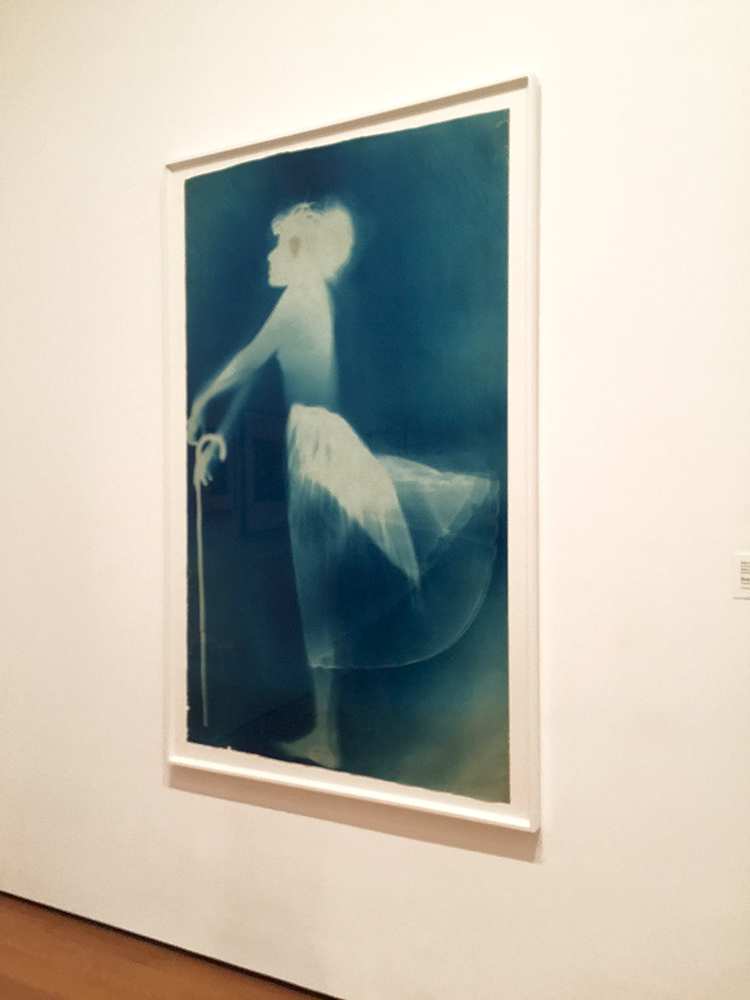
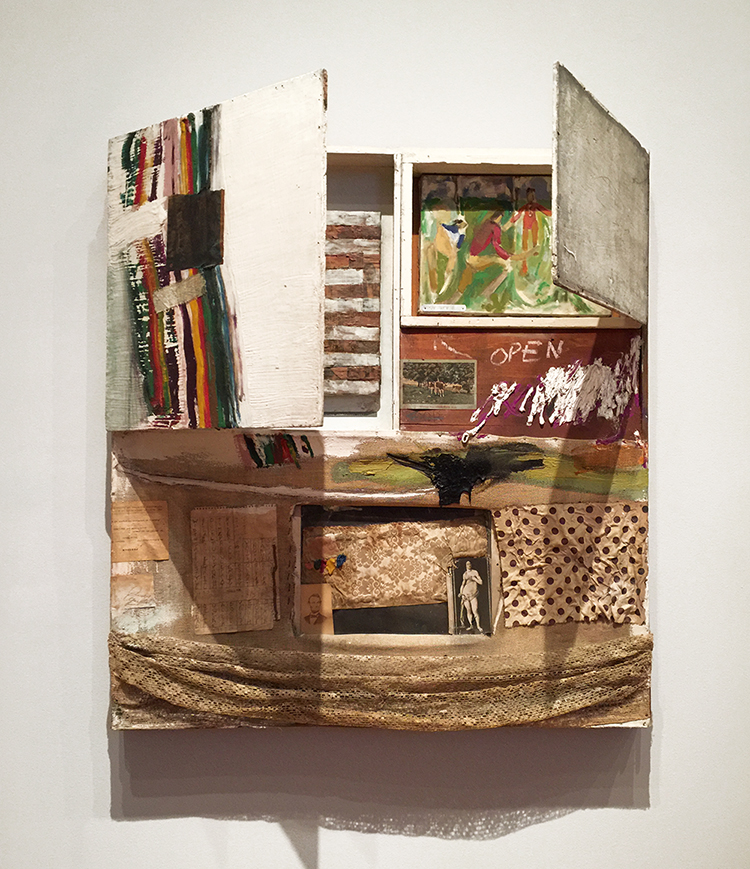
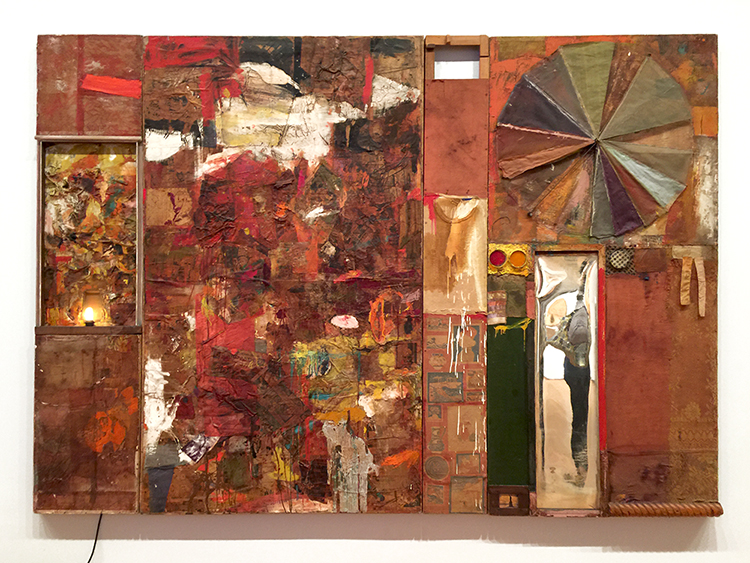
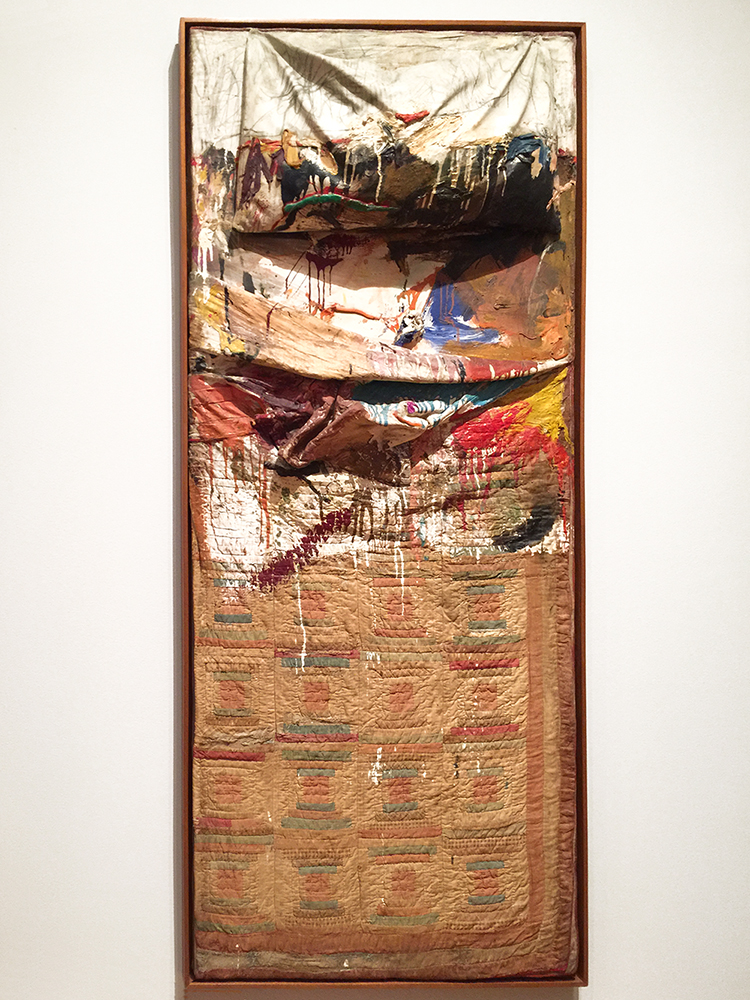
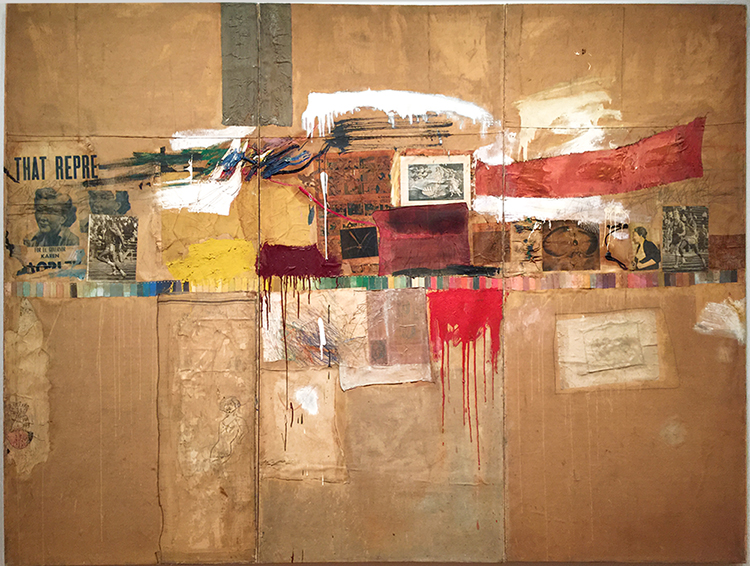
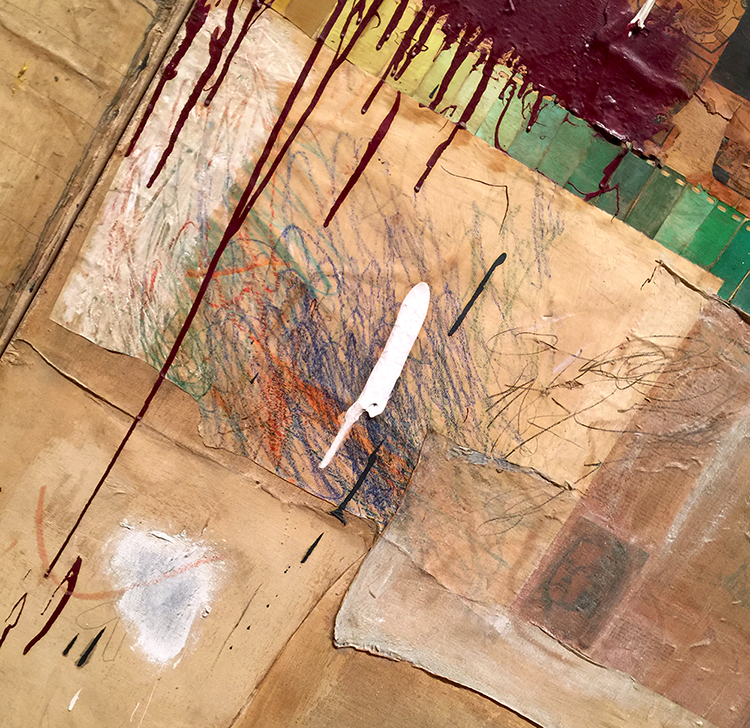
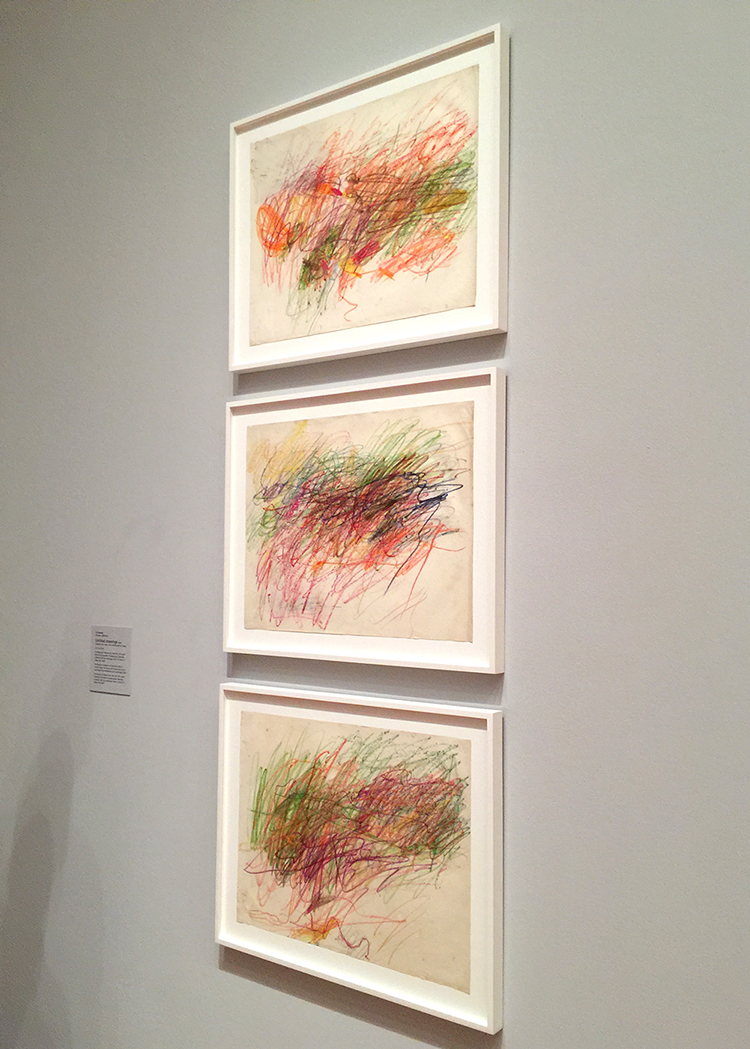
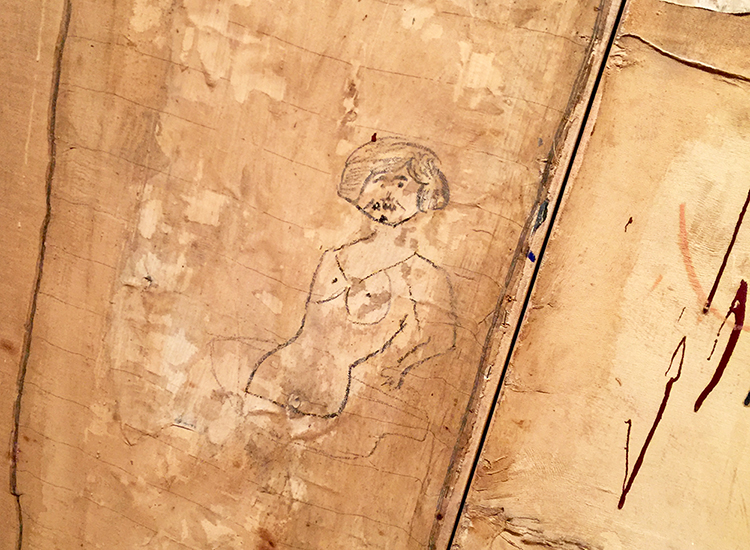
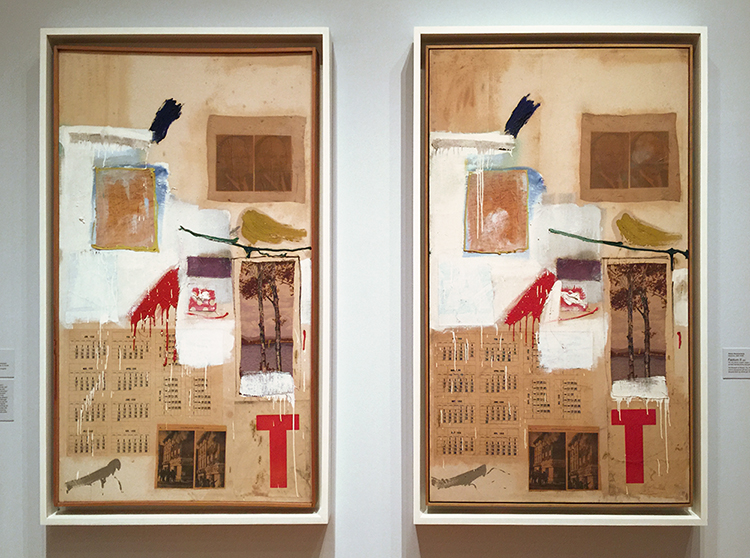
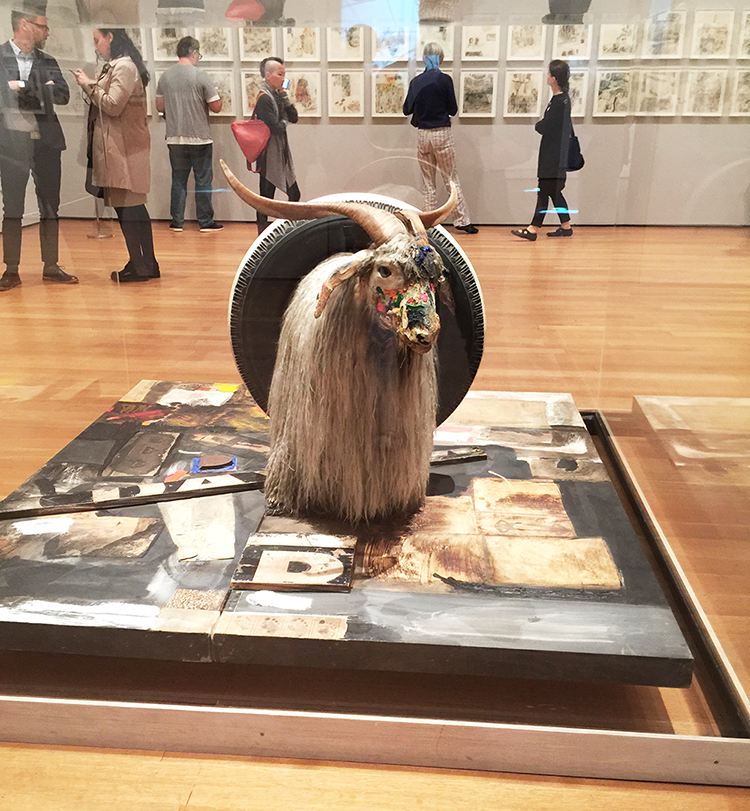
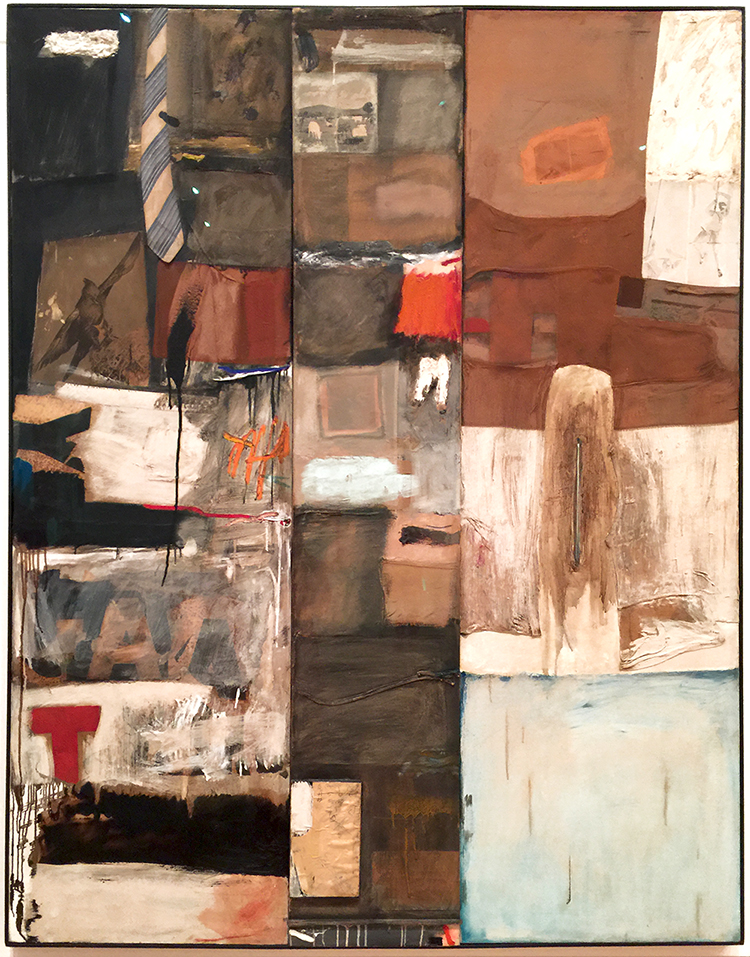
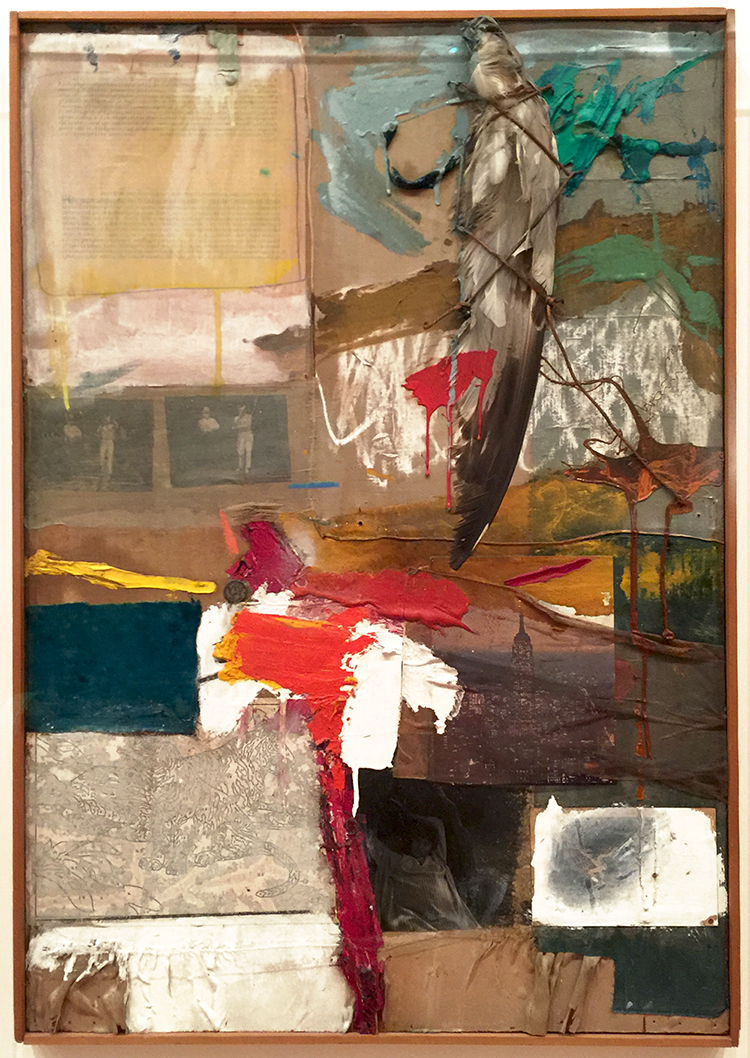
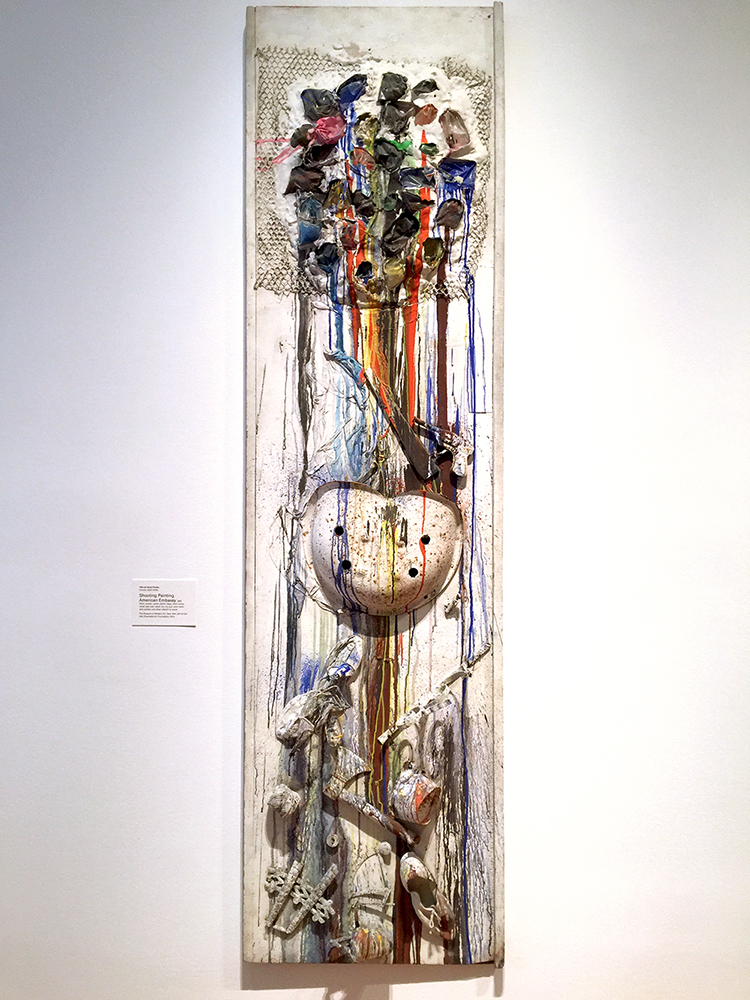
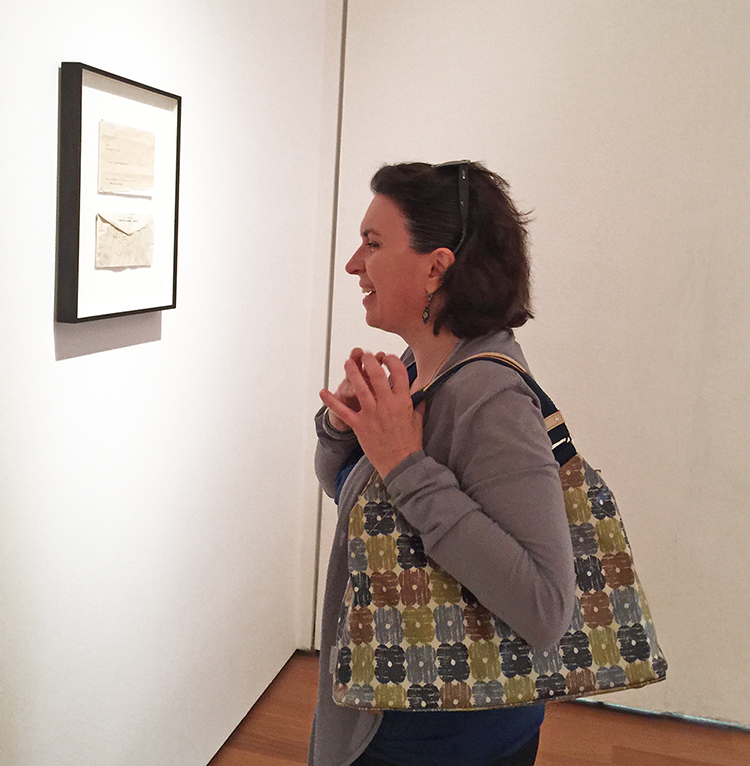
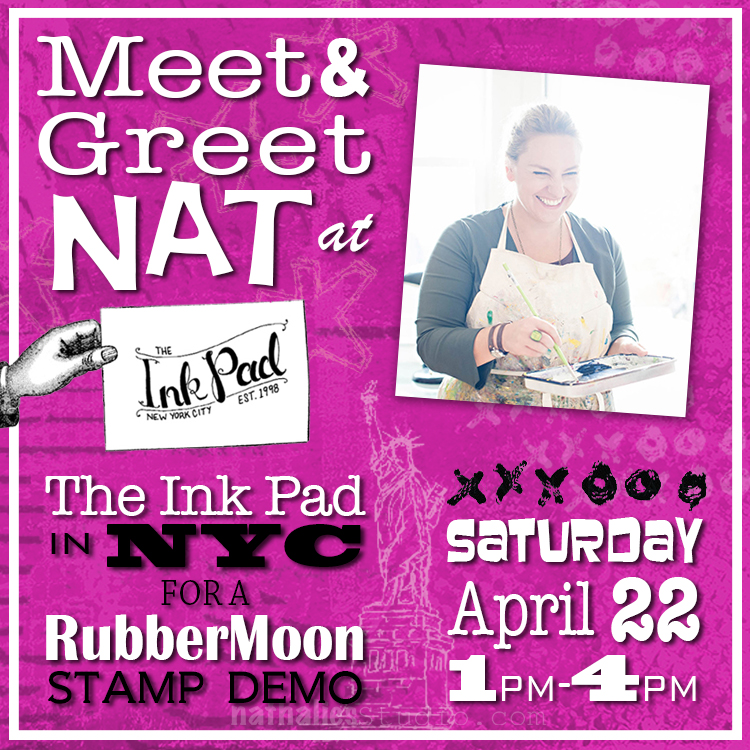
Comments (4)
Karen Bearse
| #
Interesting my creative wheels started spinning right away!
Reply
nathalie-kalbach
| #
Glad you enjoyed it Karen!
Reply
Jean Goza
| #
Fascinating. As a sewist and fabric lover, I really enjoyed seeing the “components” of fashion broken down in a very simple form. With the addition of paint, it changed the form to collage. It did indeed look like a road map. For me, the map led me to bounce between what was and what is. I love the unique vision of this artist.
Thanks Nat for another fun art stroll.
Reply
nathalie-kalbach
| #
So glad you liked this stroll Jean and I love how you described what you see and think then looking at the artwork. Thank you for sharing!
Reply